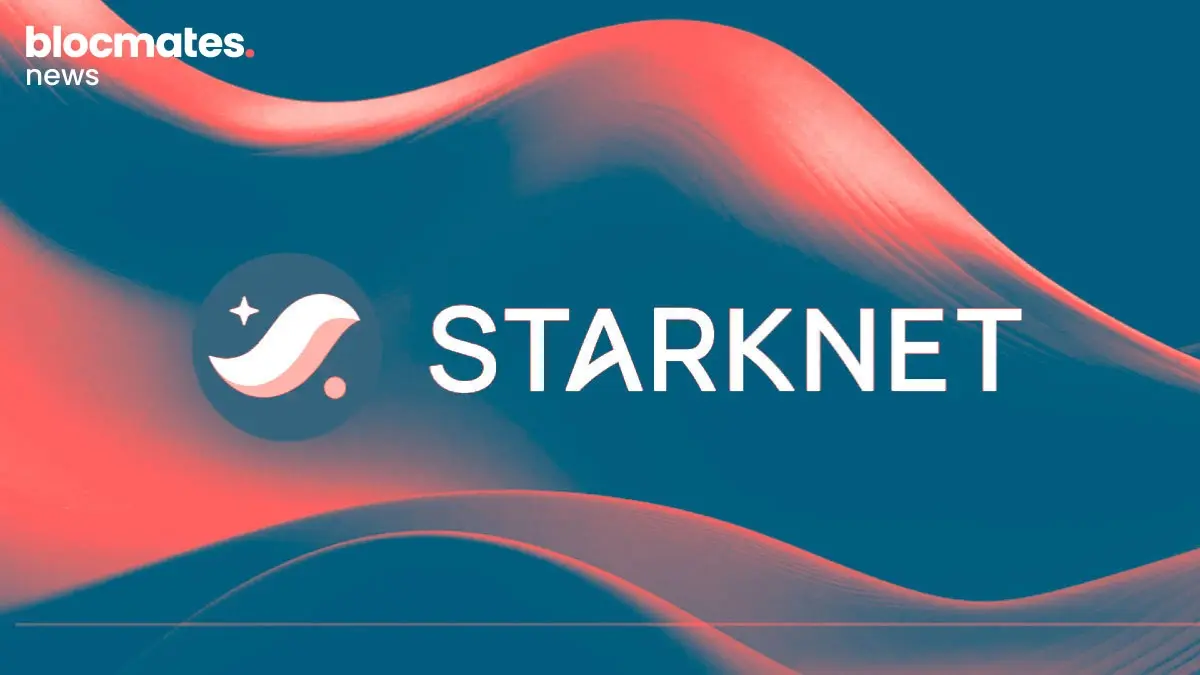Metis Chapter 2: The Liquid Staking Blitz is Upon Us
From AI to Modular chains to parallel EVMs to gaming. With so many new shiny things coming out of the woodwork, it feels like some of the older projects have gone to the wayside in terms of grabbing people's attention.
But don’t worry, anon, we’ve been keeping up with everything as usual. From what we can see, some teams are cooking up a storm in the shadows, and it’s time for you to start paying attention.
For those of you who were here for the layer 2 rotation in early 2022, I’m sure most of you will remember the glorious run we had on Metis. Good ol’ Vitaliks mom chain.
Since that ‘L2 szn’, it seems most of the attention went to Arbitrum and Optimism. Naturally, both teams conducted massive airdrops, which captured the attention of everyone in the industry.
While Optimism and Arbitrum still dominate in terms of volume and TVL, the attention of the industry has now shifted to zk layer 2s. Most of the zk projects have teased airdrops, so everyone is farming away. But rather than farming away and potentially getting Starknet’d again, we think it’s time you start paying attention to Metis when nobody else is looking.
Metis chapter 2 is firmly underway.

A Quick Recap
For those of you who aren’t familiar with Metis, we recommend checking out the article we did on them a while back. However, here’s the TL;DR.
There was a time when all the industry would talk about was scalability. It’s what led to the alt L1 boom and, subsequently, the L2 boom.
Metis launched in late 2021 and boasted some of the lowest transaction fees out of all L2s. It started as a hard fork of Optimism but had a few key features that helped set it apart from the crowd.
It featured no code middleware like Polis, allowing for easy portability with Web2. It also provided native data storage with its IPFS integration. But the most important differentiator at the time was quick bridging between mainnet and Metis because Arbitrum and Optimism used to take up to seven days to bridge assets at one point.
Another big differentiator was the Metis Virtual Machine. It mirrored the Optimism Virtual Machine in terms of function and code execution. The main difference was with the sequencer setup. Chains like Optimism always had and still have one centralized sequencer.
This potentially creates bottlenecks. Metis instead went with the multiple sequencer model pooled onto on-chain entities known as DACs (Decentralised Autonomous Companies), which allowed for greater efficiency.
At its peak, Metis reached a TVL of around $500M, seeing an influx of tens of thousands of users. Although eventually, Metis had to face the brunt of the bear market, the team never stopped building.
That brings us to today's agenda.
What does this new look Metis look like?
Decentralized Sequencer Model
At the heart of this monumental shift on the Metis Network is their shift to a decentralized sequencer.
For those who don’t know, a sequencer is essentially the entity that organizes transactions on a layer 2. When you make transactions on a layer 2, before they’re posted to the main chain, a sequencer organizes them and batches them up into one transaction off-chain and then puts them on the Ethereum mainnet.
If the aim is to have a rollup-centric future where everyone will transact on layer 2s, how does it make any sense if all of them have such a major element of centralization? It’s completely antithetical to the entire purpose that blockchains serve.
There’s a great amount of trust put in these centralized sequencers not to be malicious. They can also order transactions in their favor to increase profitability, amongst other things.
Therefore, Metis has come up with the PoS sequencer pool.
Before we dive into the technical nitty-gritty, let me just give you a high-level overview of what an average transaction would look like:
- A user initiates a transaction
- The transaction gets sent to sequencer nodes in the network
- The sequencer nodes create a block for the transaction
- The multi-party computation (MPC) nodes combine the different blocks and send them to the Ethereum base layer for settlement.
The sequencer node is essentially the middleman between the Metis PoS sequencer pool and the Ethereum base chain.

As you can see, a sequencer node has multiple elements to it.
It is first responsible for transaction sequencing and assembling blocks on Metis. Then, the batch submitter is responsible for batching up said blocks and submitting it on the L1 after getting multiple signatures from other sequencers. The MPC module is also part of the sequencer node, as it plays a major role in ensuring decentralization and managing the entire life cycle of a multi-signature key.
The beauty of this is that becoming a sequencer node is open to everyone. Anyone can lock tokens and apply to become a sequencer, but there is a cap on the number of active sequencers allowed. Once that cap is reached, new applicants will join a waiting queue. If a sequencer is malicious or unhealthy for a long time, they will be withdrawn from the active set and a new sequencer from the top of the queue will be added.
Every locker will also get an NFT. The token ID for this NFT will be the same as their sequencer ID corresponding to their sequencer. When the tokens are unlocked, this NFT is destroyed, and the locked METIS is returned, but the caveat is that if the NFT is transferred to a new user, then the Metis cannot be unlocked.
To prevent this, the transfer of the NFT will be restricted in the contract, but users should still be aware that this can happen.
With this PoS system (like any other), it is also important to establish a selection and rotation process of sequencer nodes. For Metis, it looks a little like this.
To ensure randomness in selection, the code implements an algorithm that takes into account individual voting power in comparison to total voting power and uses the block hash seed to prevent any manipulation. Based on this data, the algorithm provides a provably fair and random sequencer to validate the next block.
When it comes to rotating sequencers, a list is stored on Metis. This sequencer list is then frequently rotated on the PoS layer based on staking info obtained from the Ethereum L1.
This explanation is my best attempt to simplify the PoS sequencer pool model as much as I can for you guys, but if you’re interested in the technical deep dive, I’d recommend checking out this and this.
On the back of this PoS sequencer pool, Metis started the liquid staking blitz (LSB) campaign.
The Liquid Staking Blitz

Most of you are probably familiar with liquid staking by now. I mean, we’re already on restaking and rerestaking and rererestaking so liquid staking should be easy.
By being able to stake your assets for a liquid derivative, it unlocks the liquidity of said assets, allowing for a much more capital-efficient system. Liquid staking, however, is something that has usually been limited to layer 1 chains following proof of stake.
Metis, with its new PoS model, is now here to change the game.
Leveraging their ecosystem fund of 4.6M METIS, they hope to bolster the growth of LSDs and LSD-focused products.
There are two main elements to Metis’ LSB to help bolster this growth:
- Sequencer Mining
- Ecosystem Development Fund (EDF)
Thanks to the decentralized sequencer design, sequence mining is made possible. With sequencer mining, lockers of the governance token will be rewarded for the block production process. For the first 12 months, the mining reward rate will be 20% for all sequencer nodes.
Initially, this will be paid out using 3M tokens from the 4.6M ecosystem fund. The premise behind keeping this reward rate at 20% is to incentivize LSD platforms to apply for running a sequencer node. Once they have that, each protocol will have the freedom to come up with different revenue models and ways to reward individual lockers.
The remaining 1.6M tokens from the EDF will be allocated to help fuel further innovation around LSDs.
Whether it be lending pools, stable farms, or any other sort of LSDfi primitive, these protocols will be incentivized to build on Metis to help create a strong LSD product ecosystem.
The aim is for liquid staking to form the base layer of this new and fully decentralized version of Metis. On the back of this, a robust ecosystem can grow.
So, how do LSD protocols get a sequencer node allocation?
Well, it’s simple, through governance.
Using this governance forum, LSD protocols will be able to submit governance proposals up until the 29th of February. Then, starting in March, the voting process will begin. METIS holders can vote on which protocol they would like to see get an allocation. At the end of the voting period, the protocols with the most METIS allocated will get the sequencer node allocation.
Concluding Thoughts
I’m sure most of you reading this counted out Metis at some point or another. “Oh, it's just another ghost chain.”
Hopefully, this primer on what they have coming up has caught your attention because these guys are no joke. Being the first L2 with a decentralized sequencer will give them a huge edge over the market. But we know crypto people, money first, everything else after. Hence, this new model, coupled with the thick incentives, might be the perfect recipe to rekindle a Metis resurgence.
If successful, you can expect tons of projects to start building and porting over until, eventually, they can start competing with the likes of Arbitrum and Optimism.
Buckle up, anon, Metis chapter 2 is here.





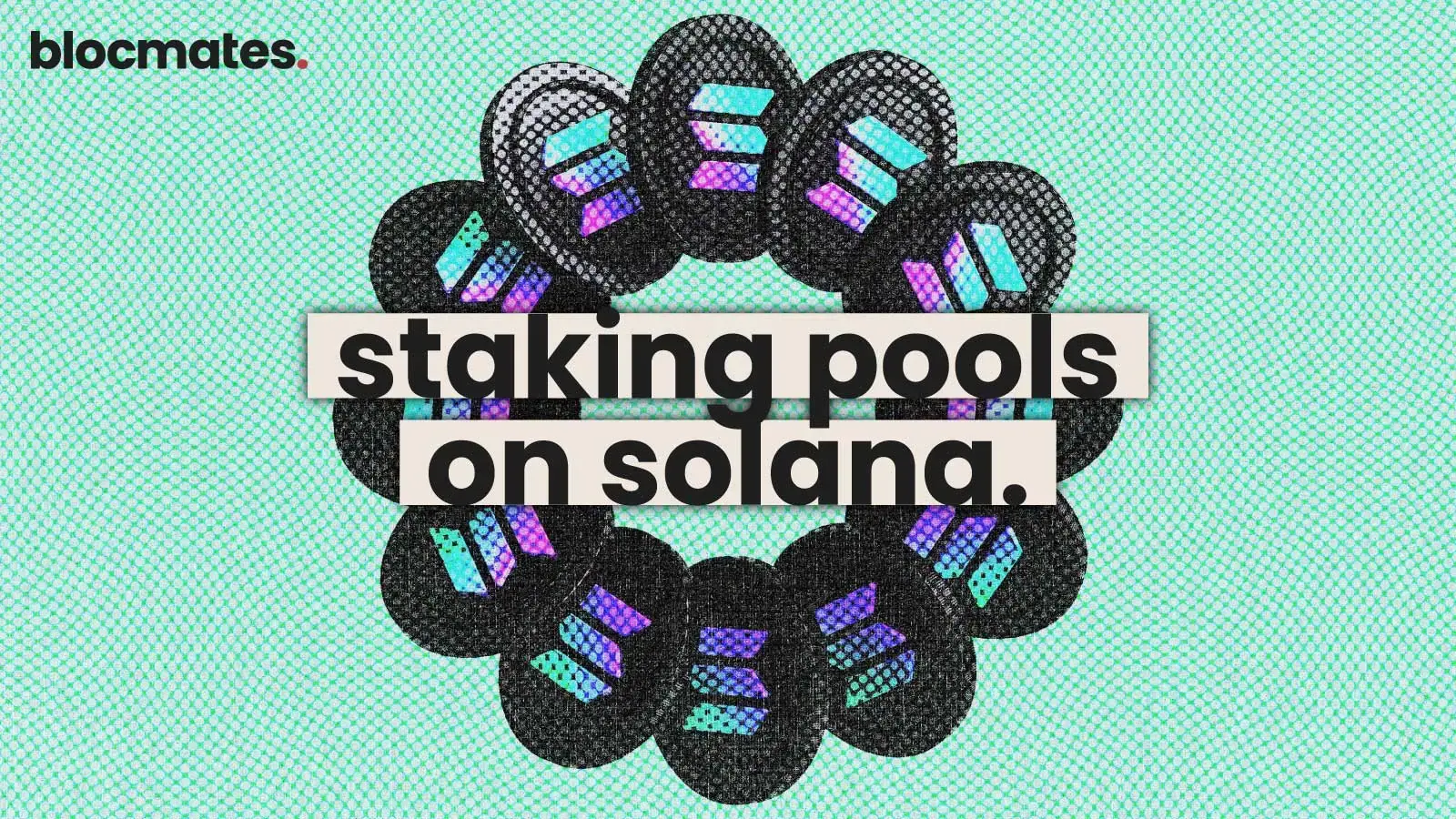





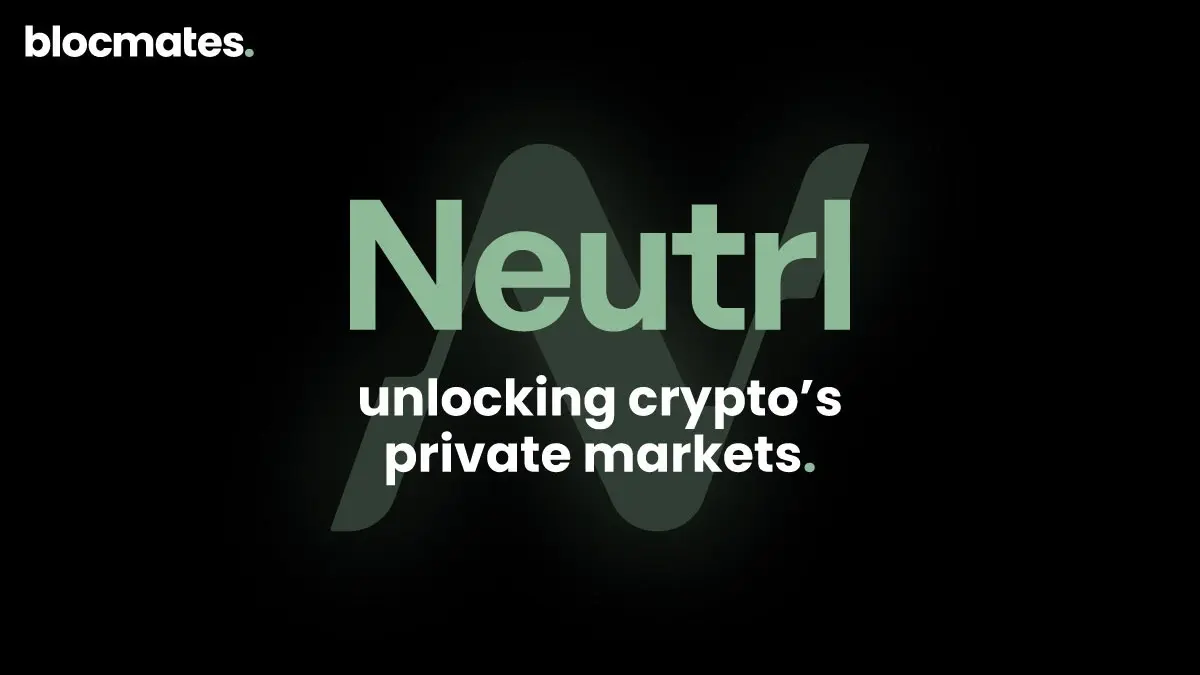


.webp)

.webp)
.webp)

%20(1).webp)
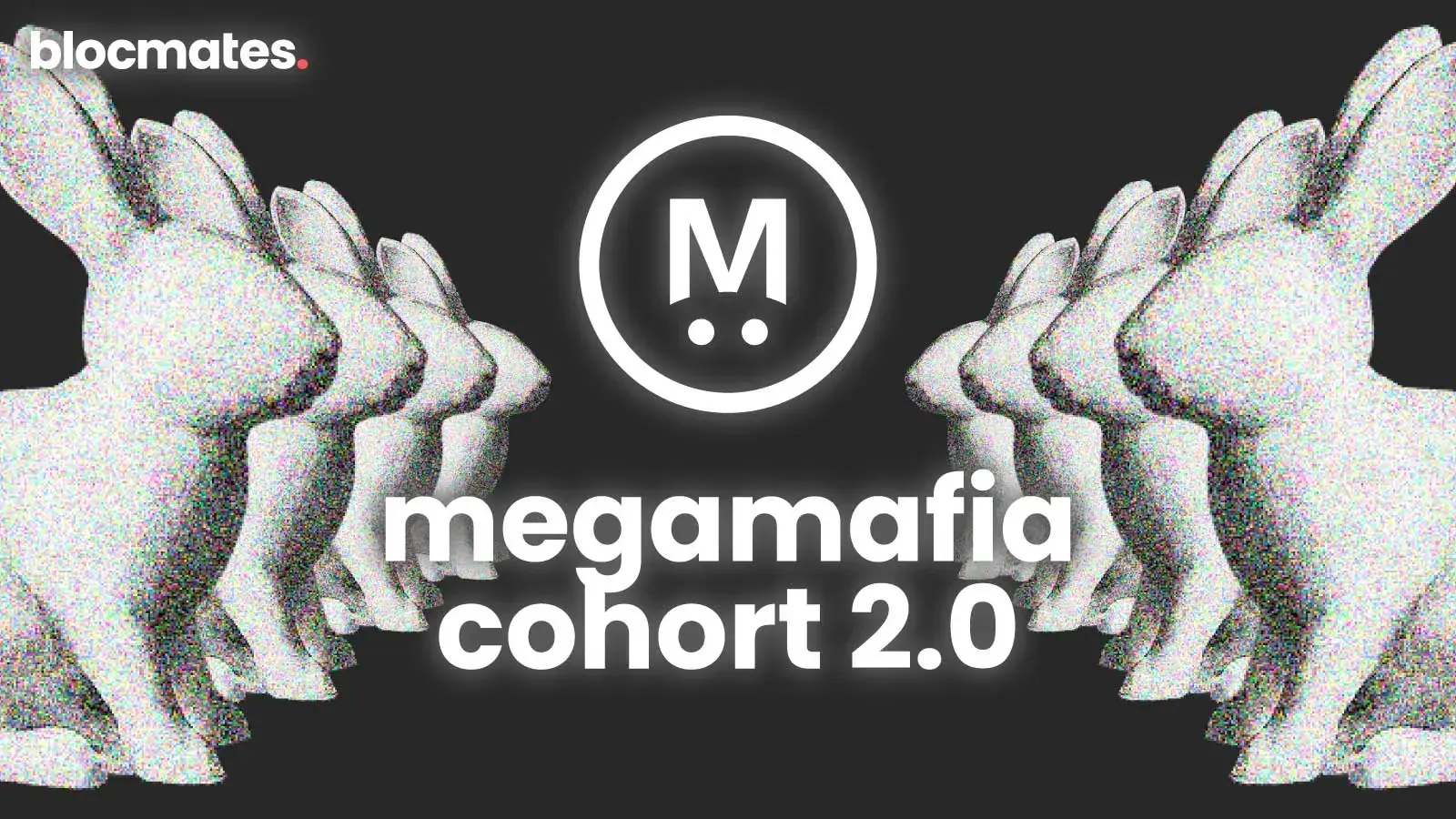
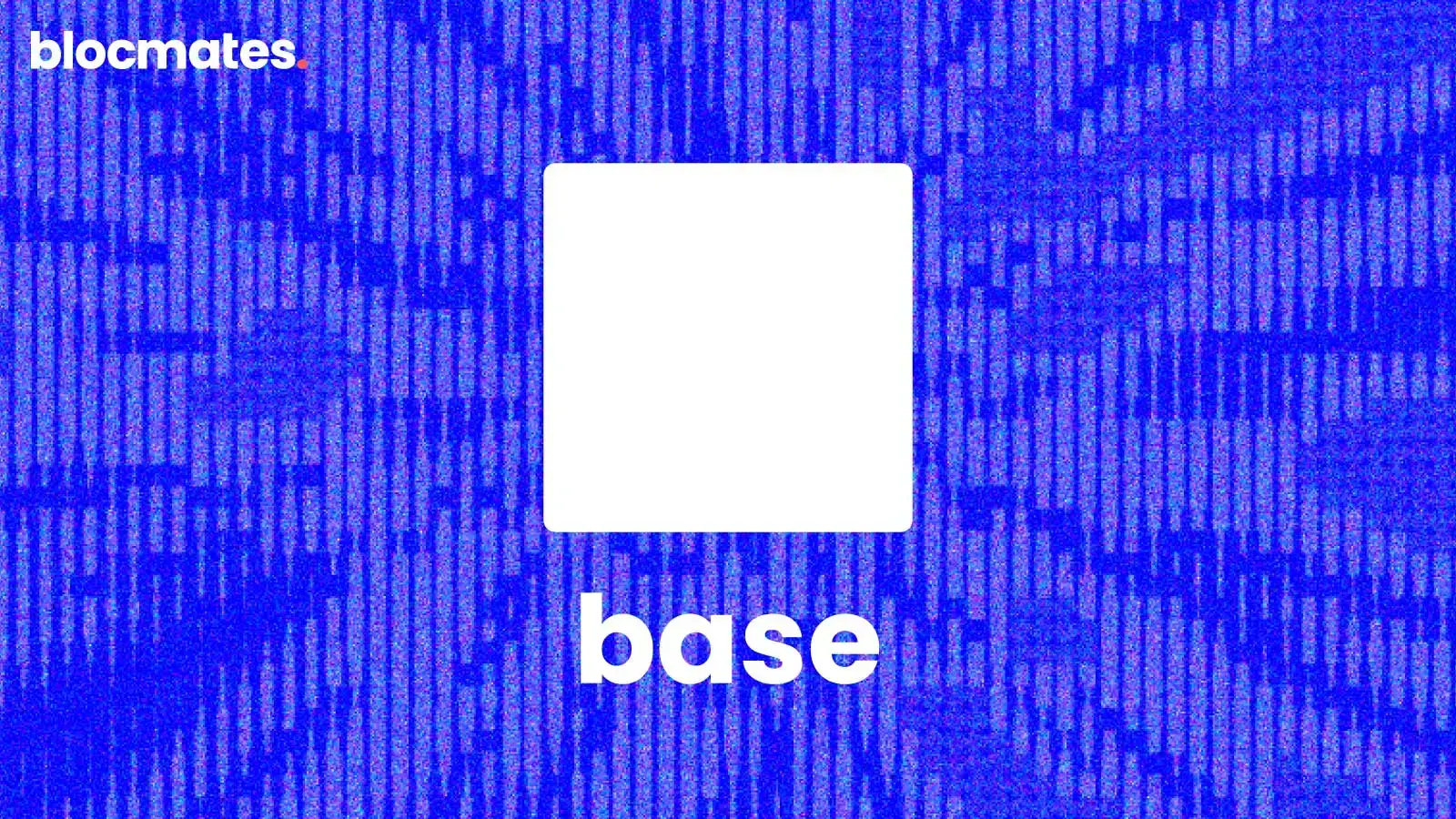
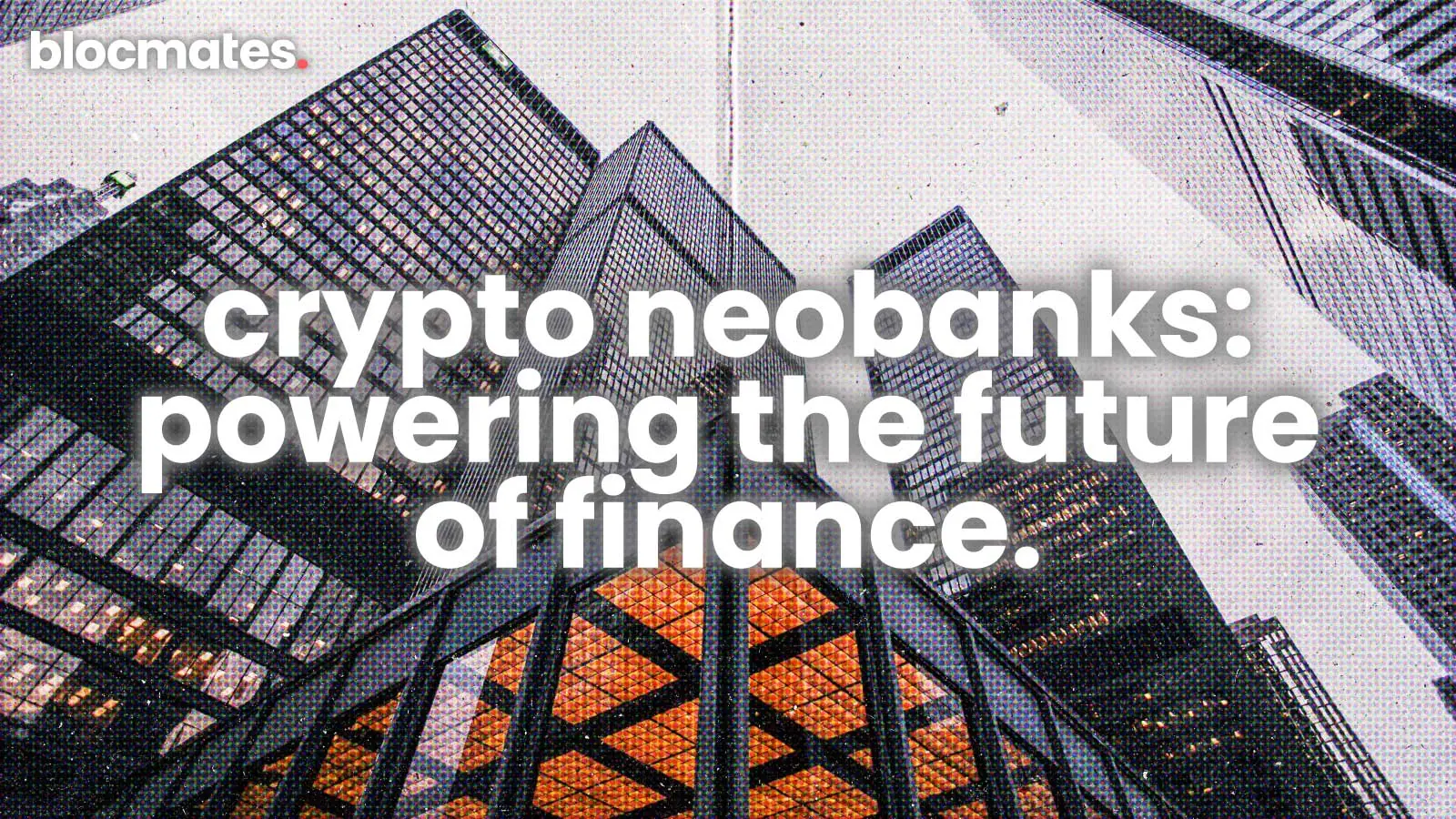


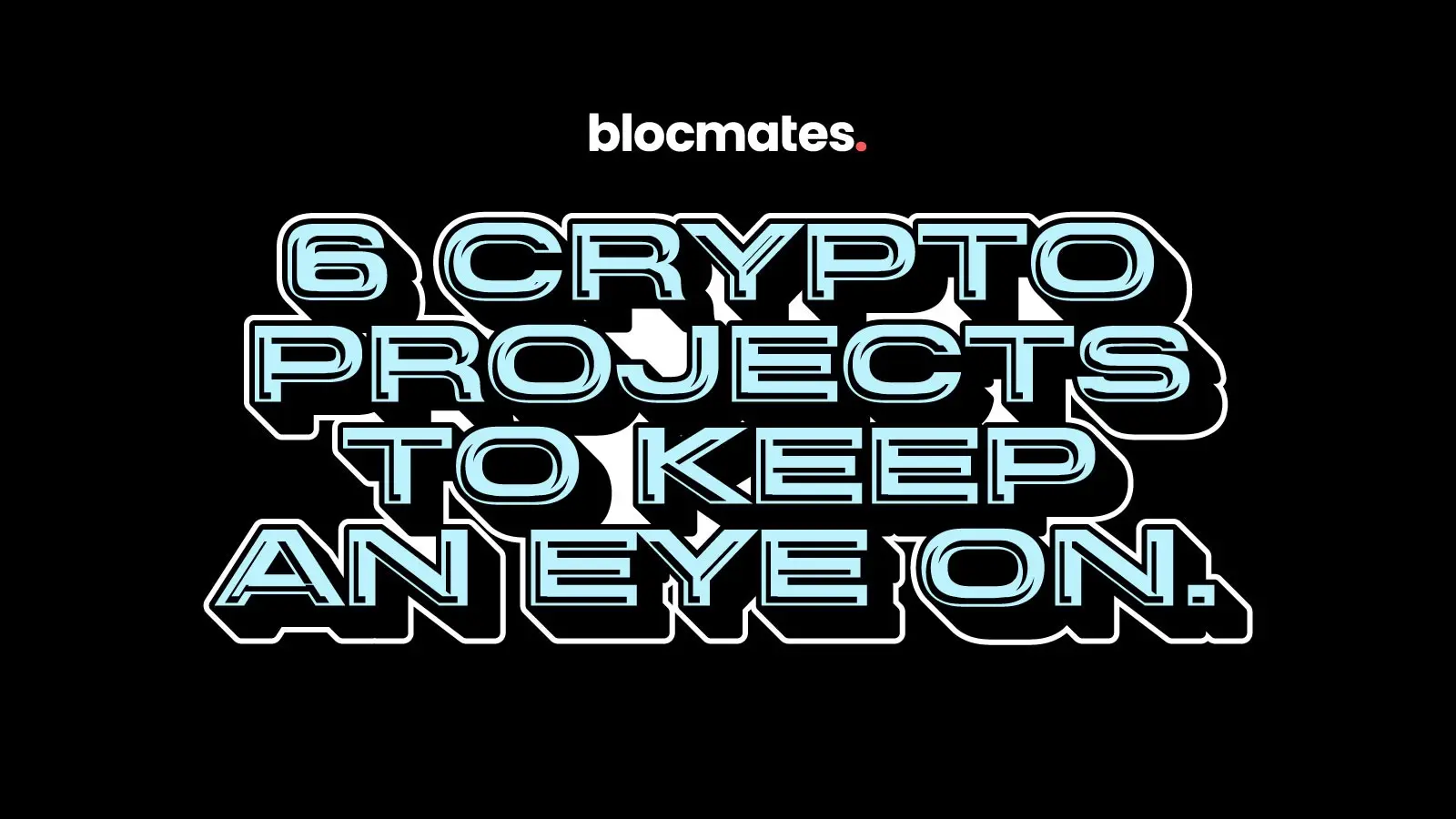
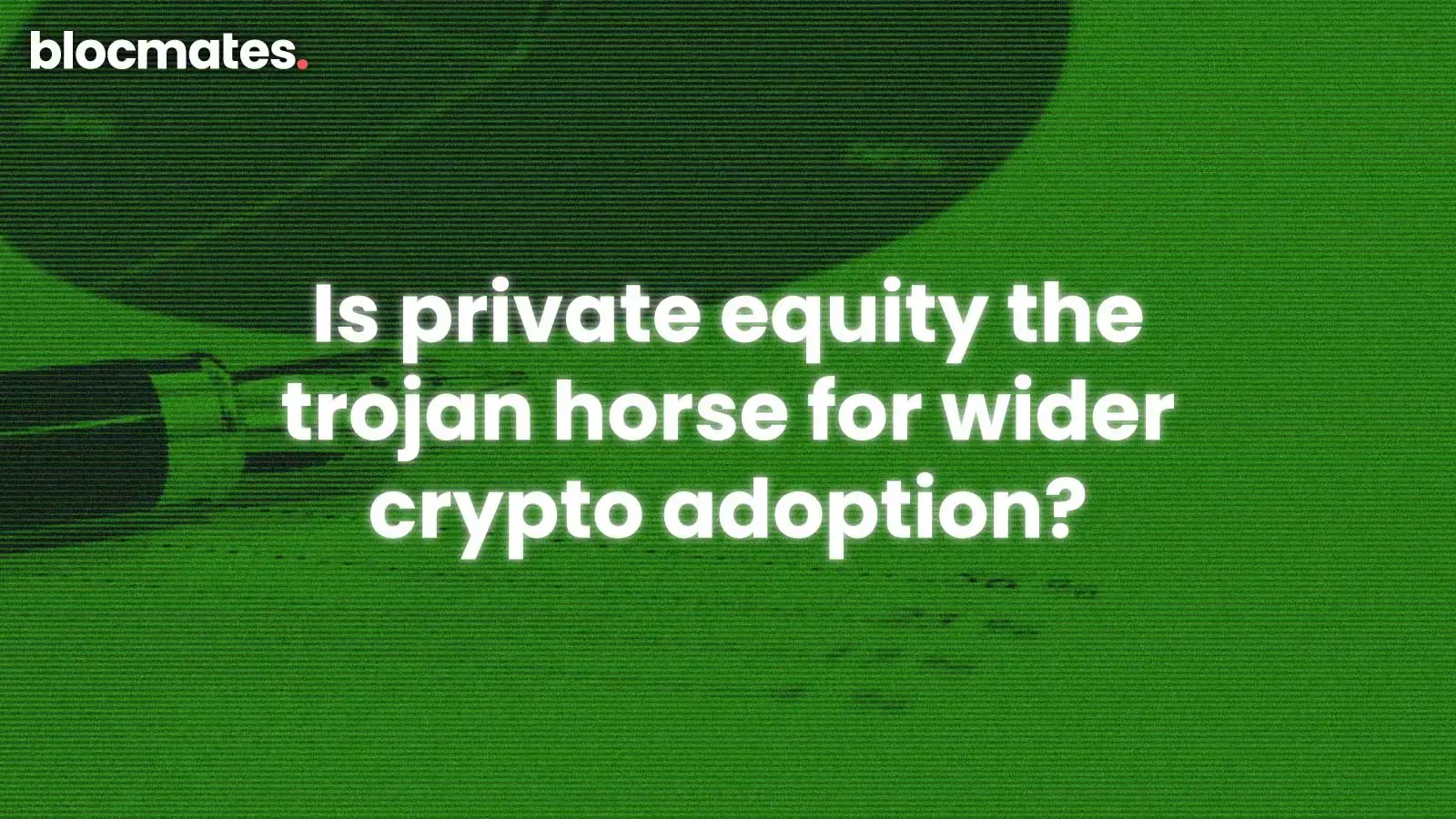
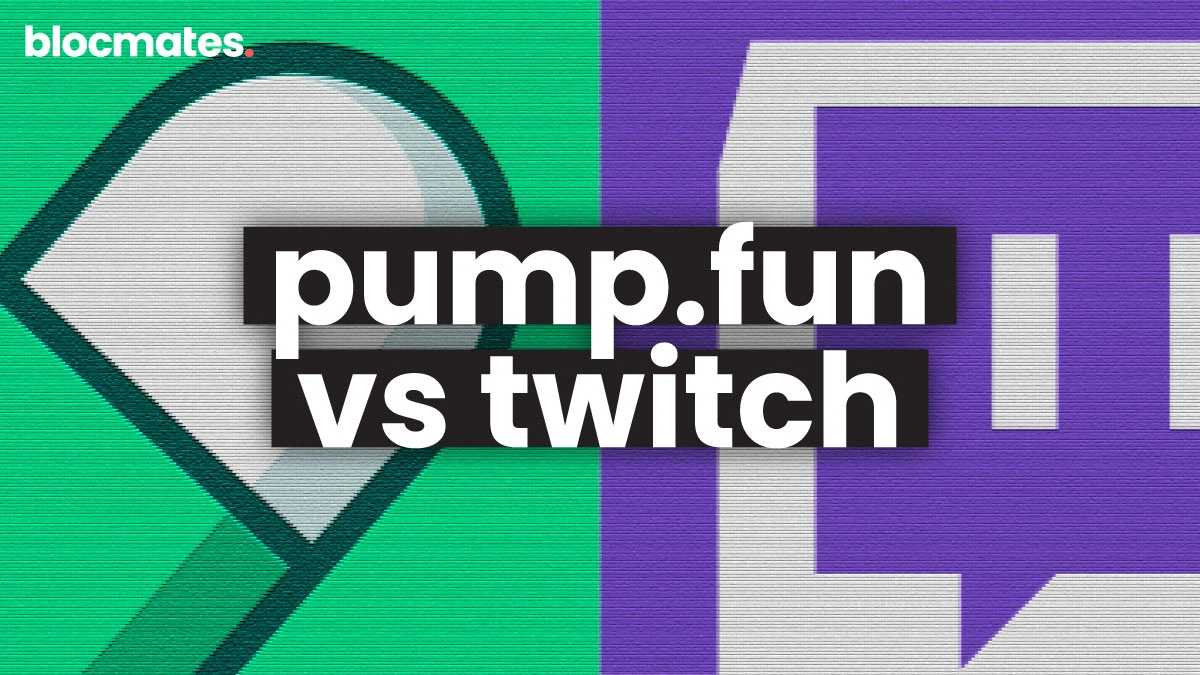

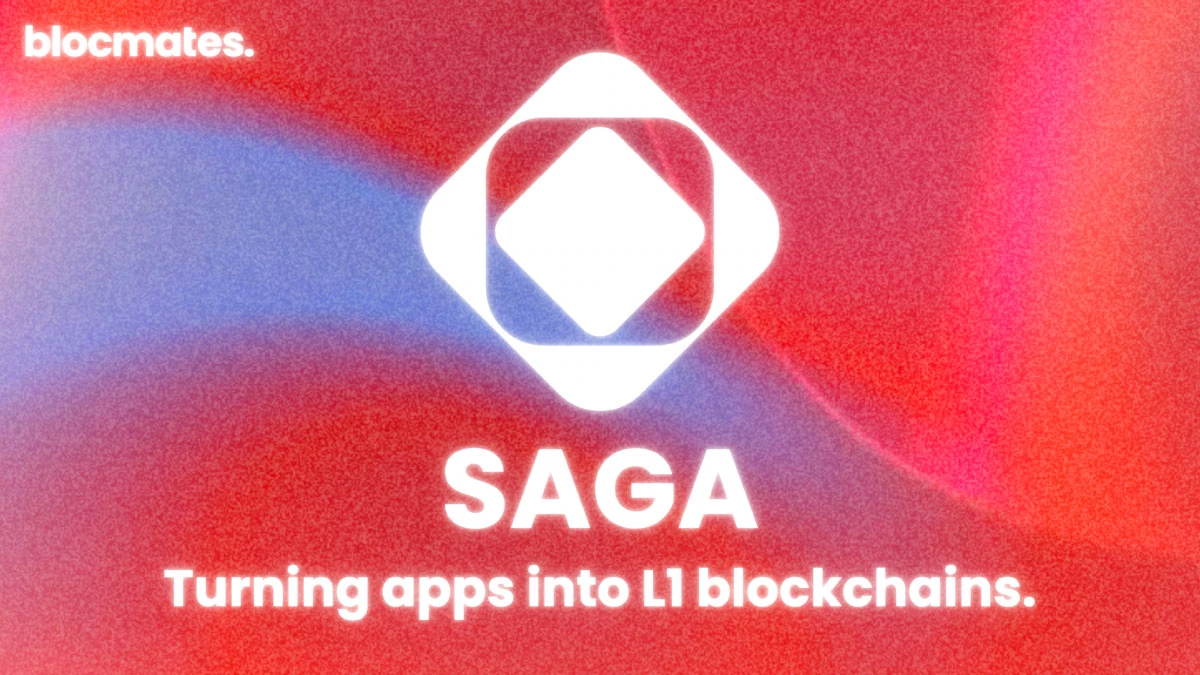

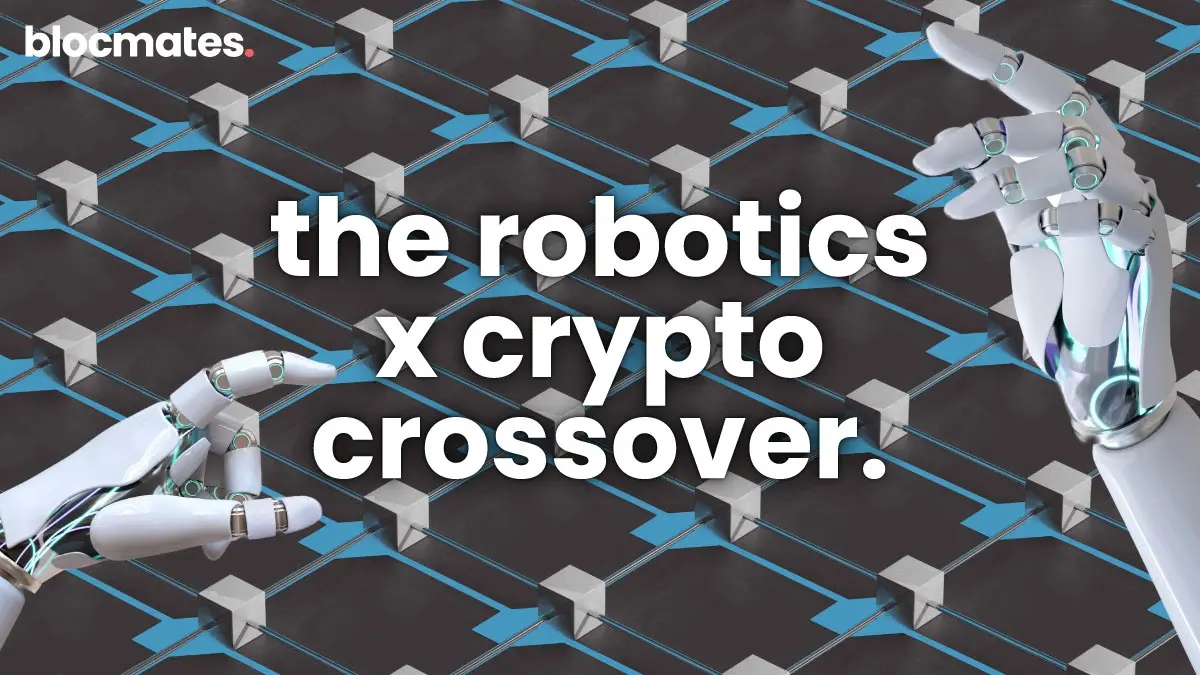
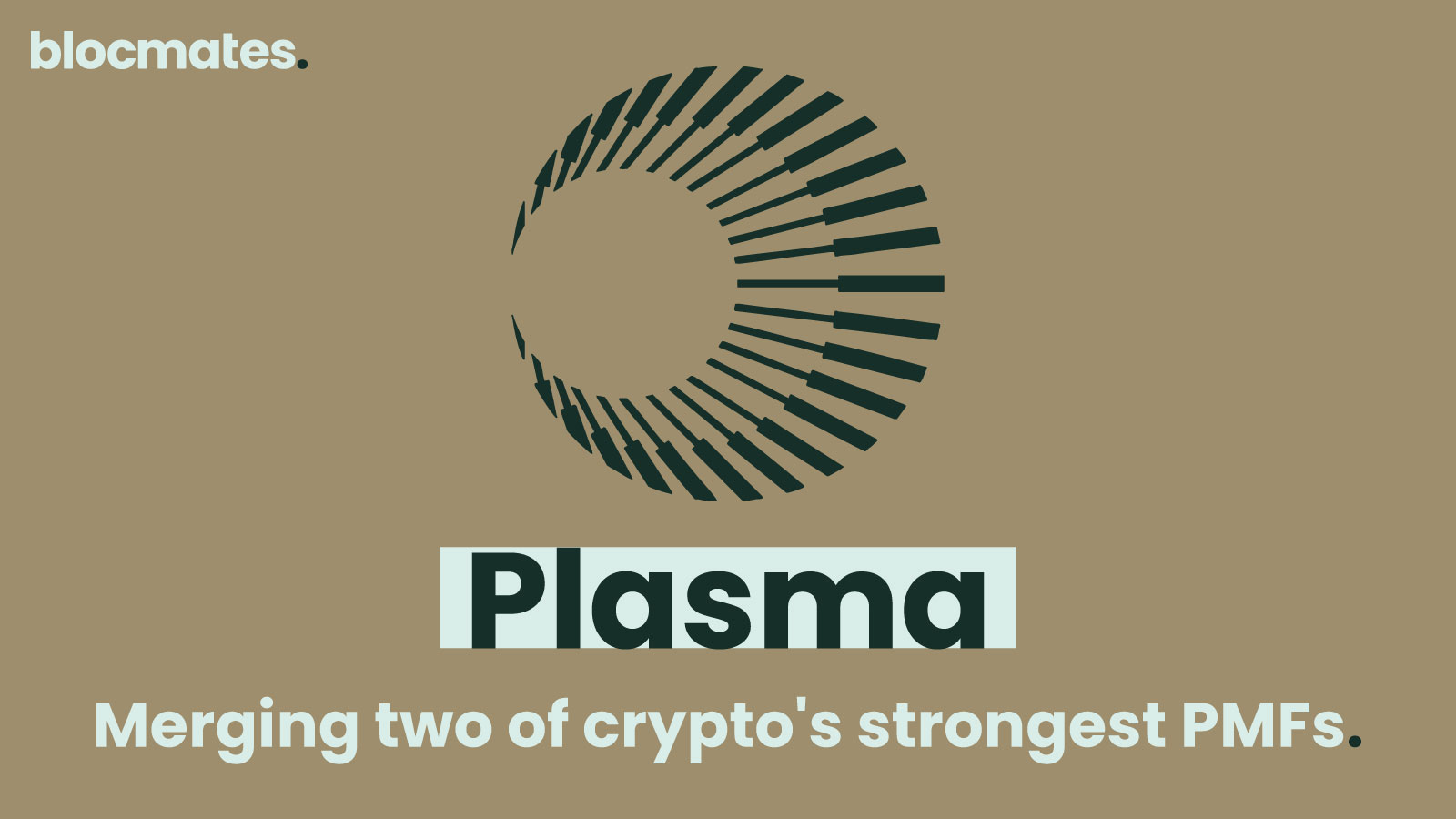

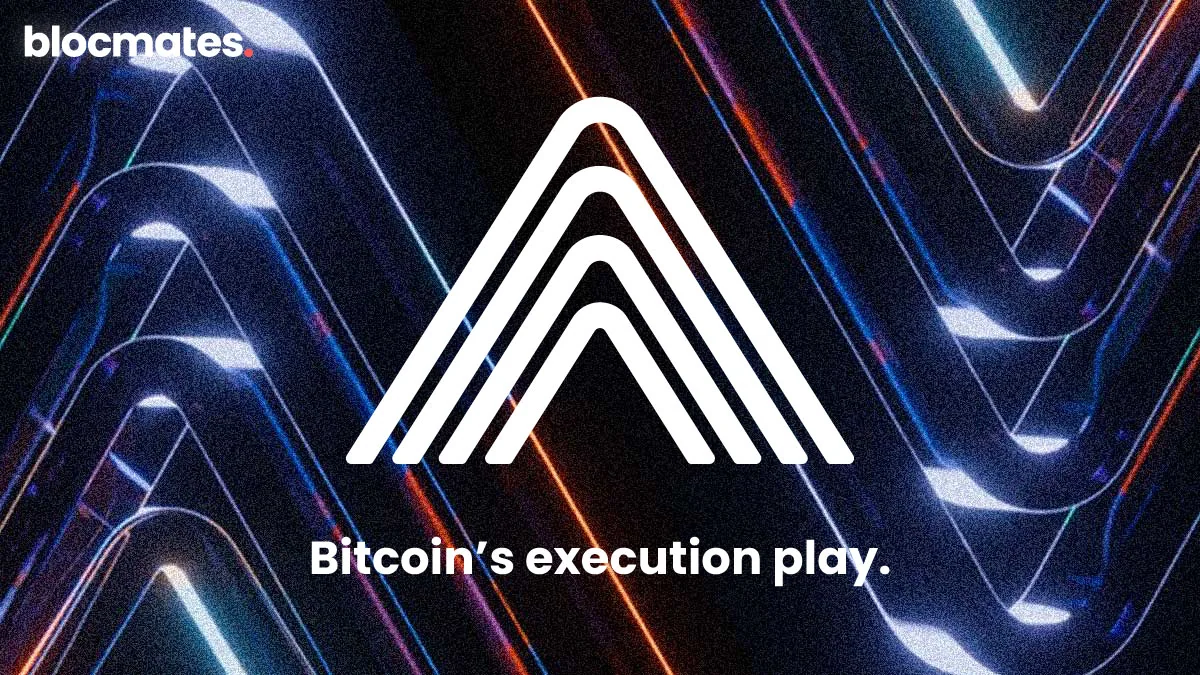
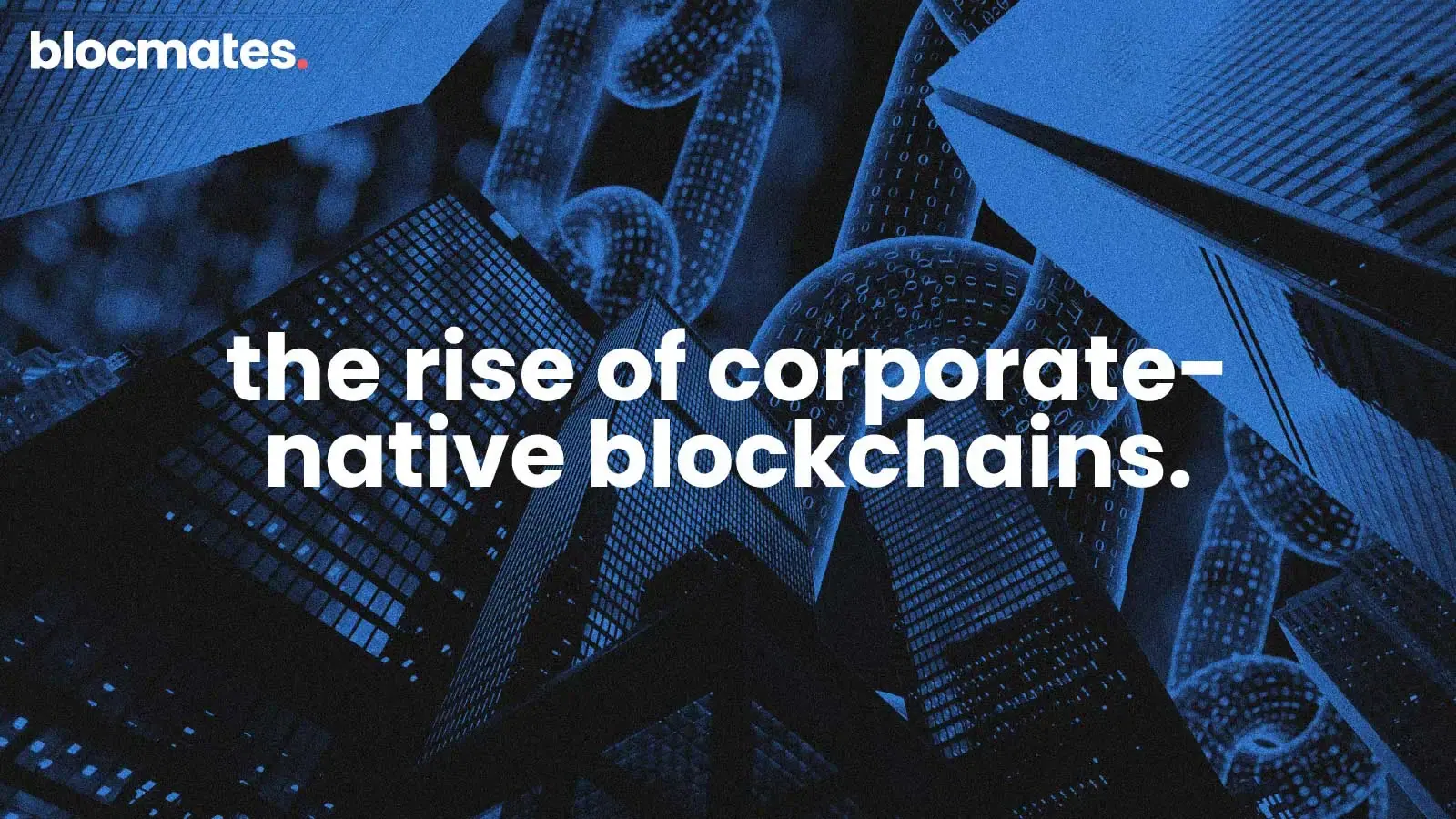
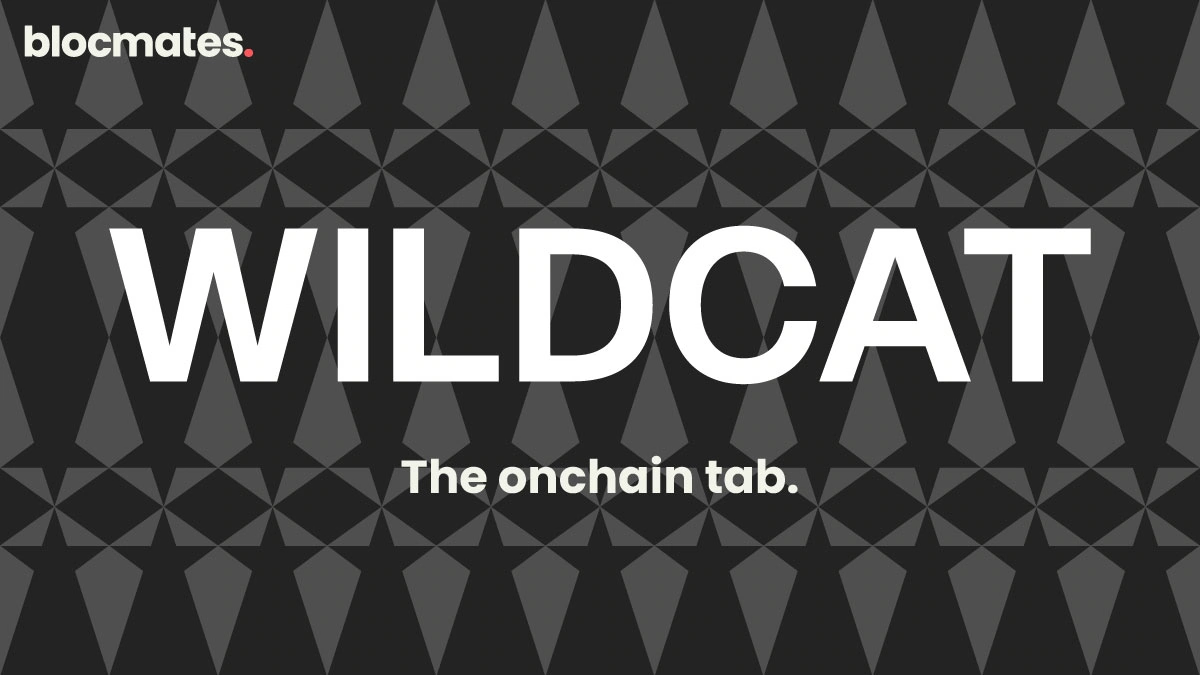
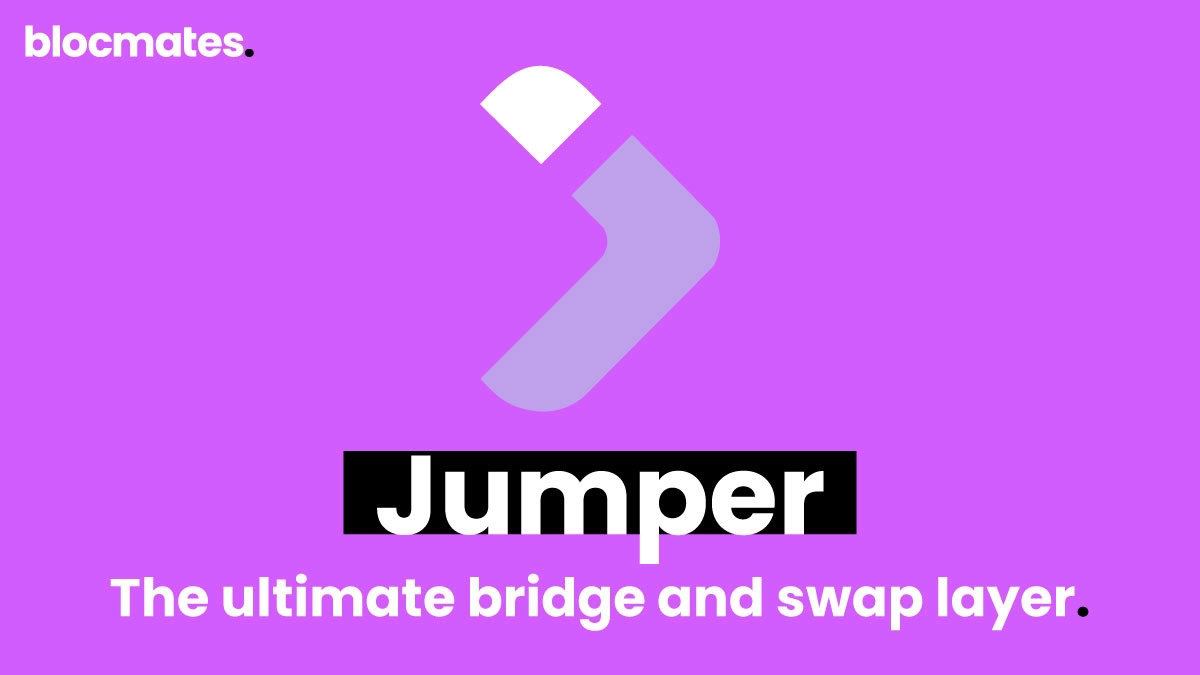
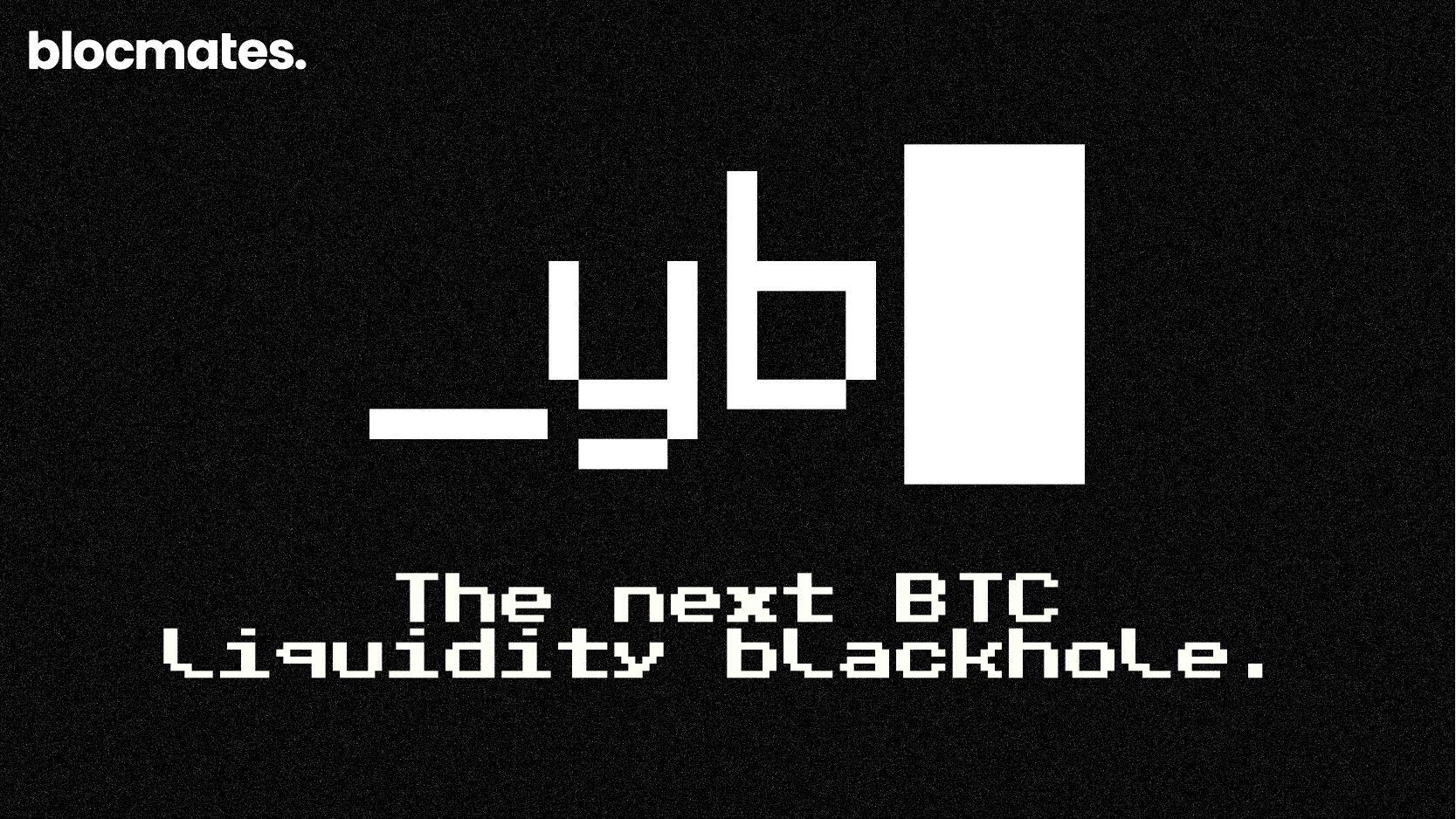
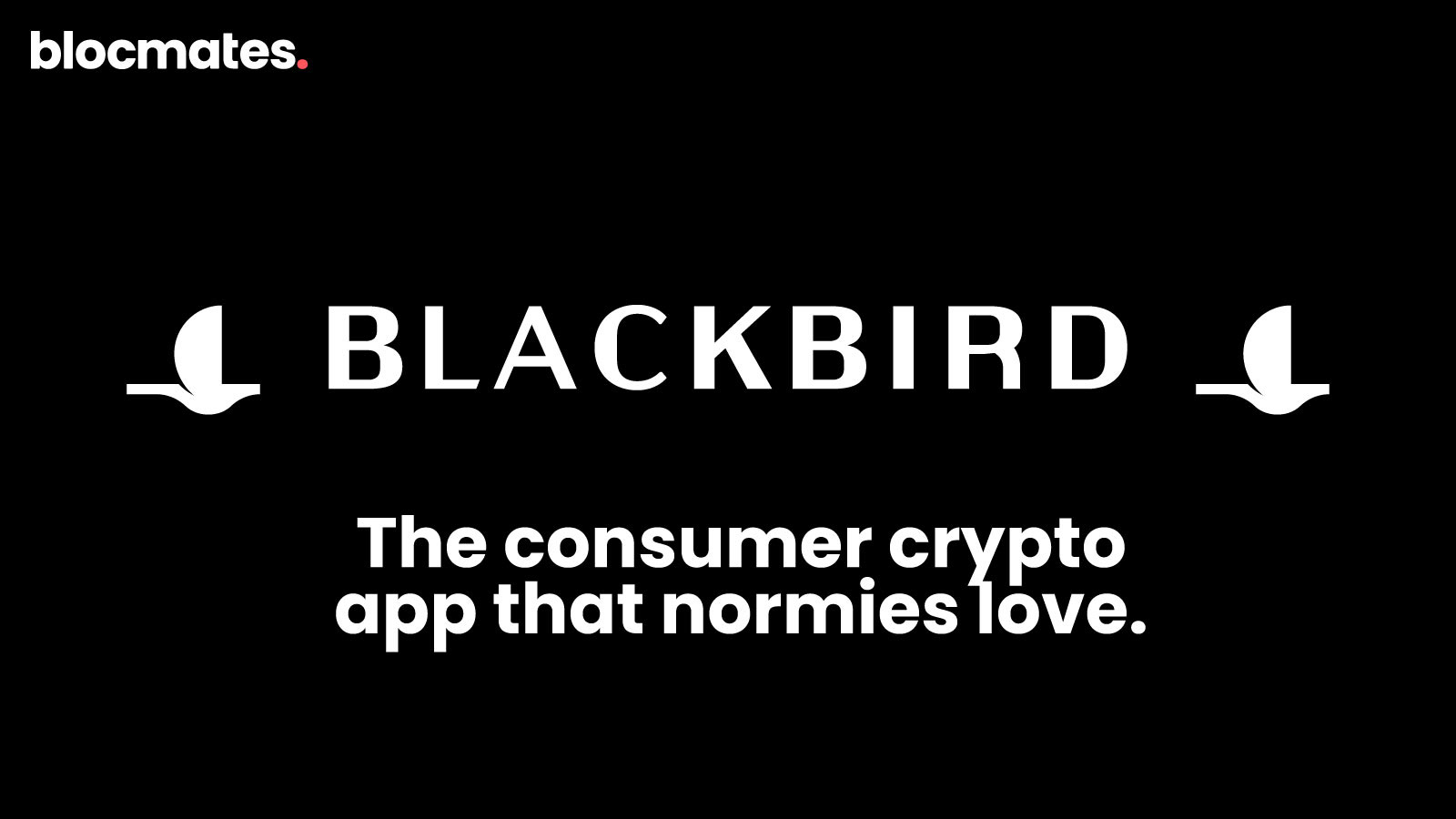
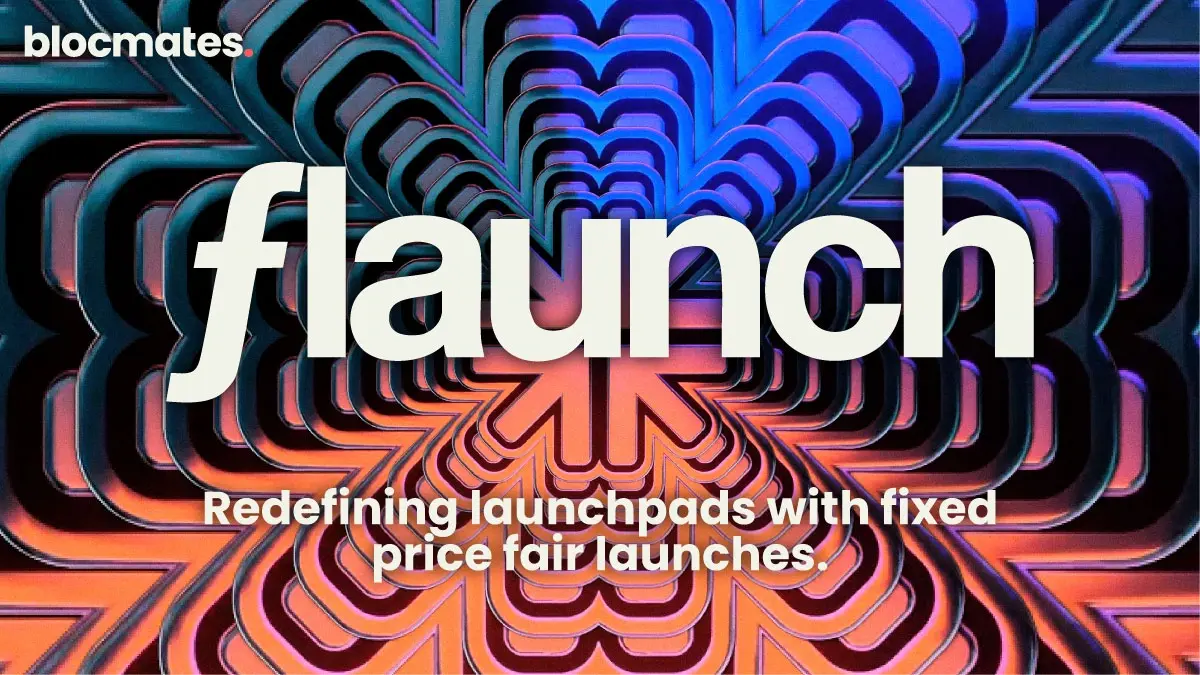

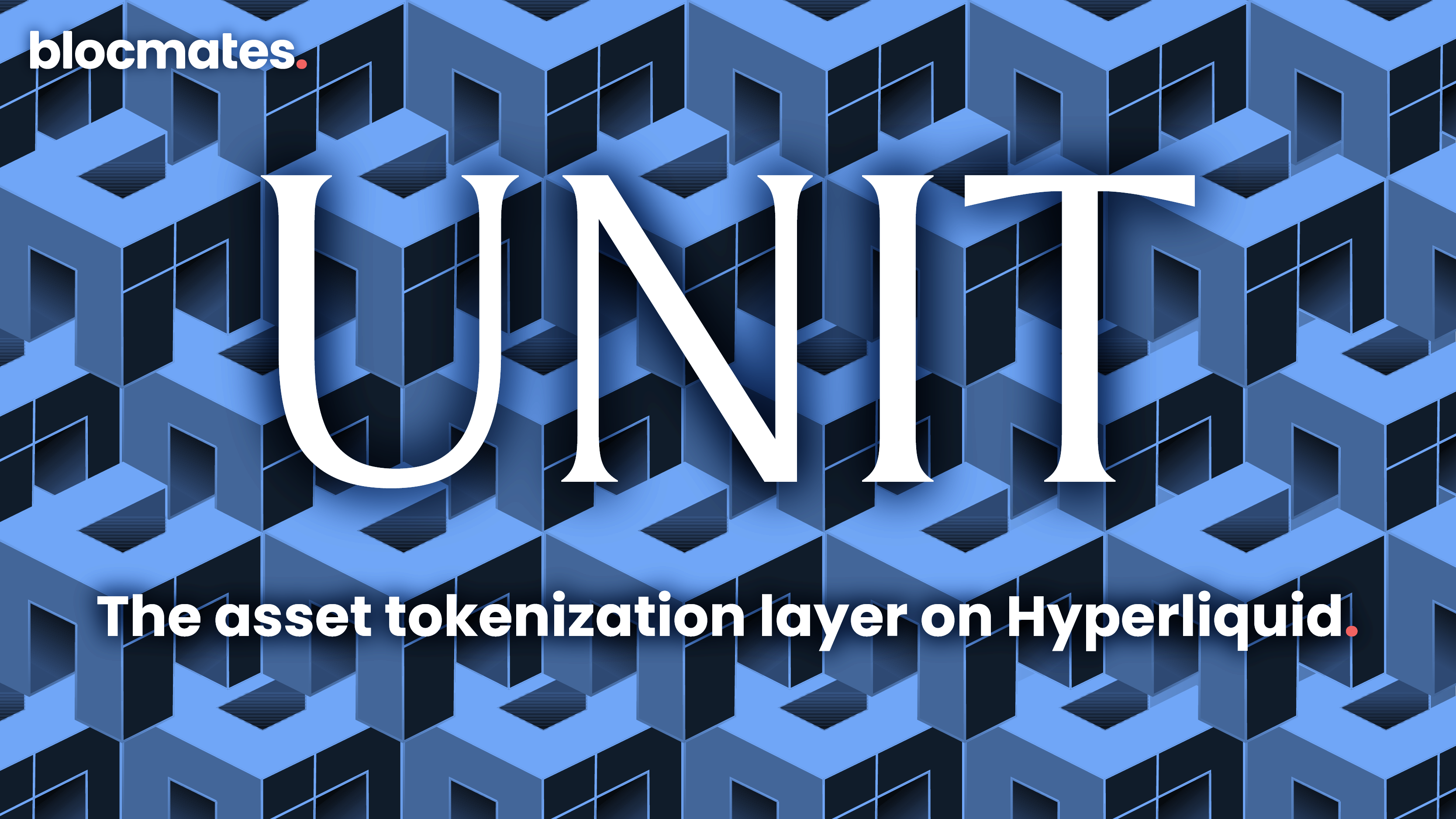



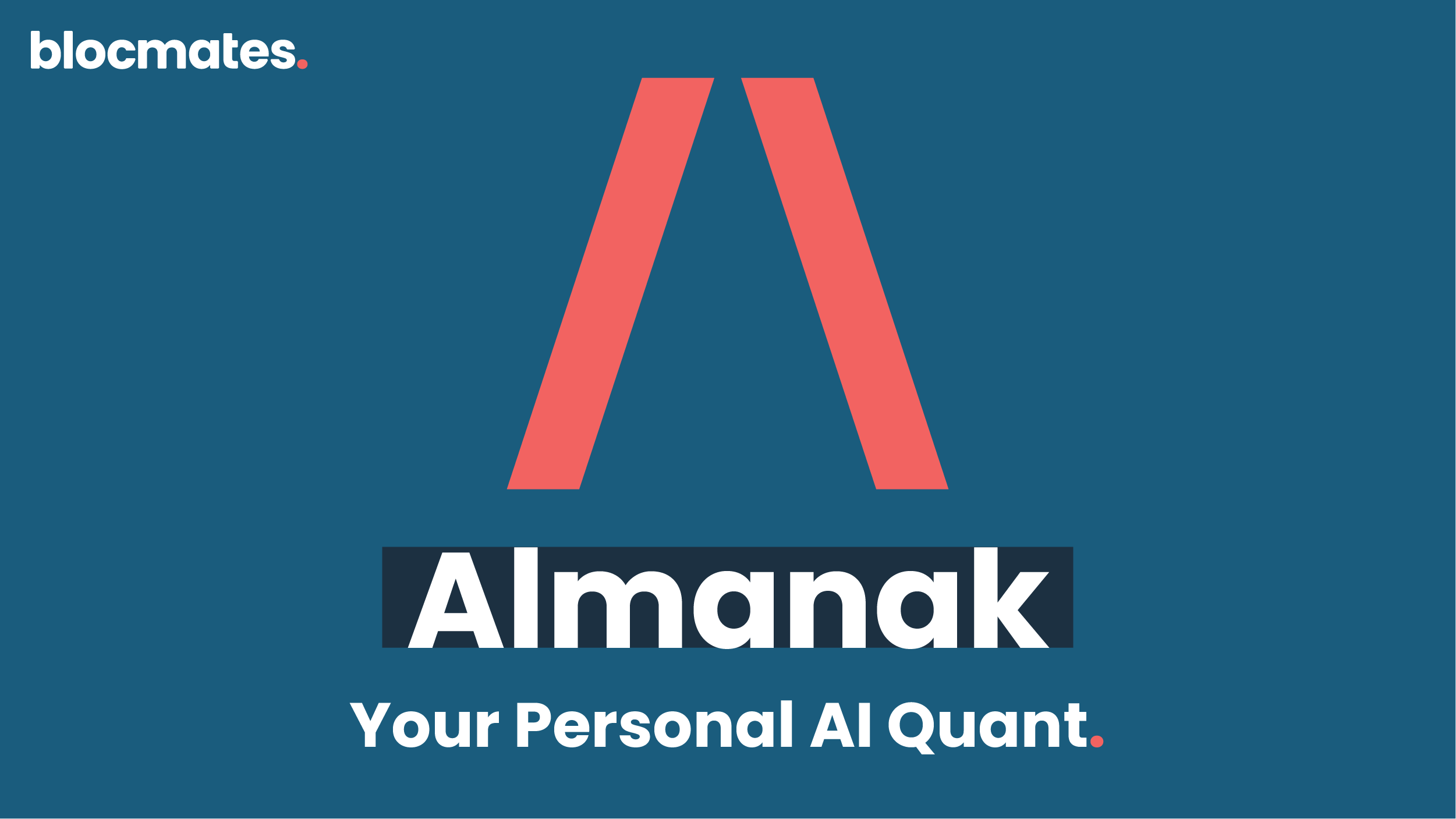
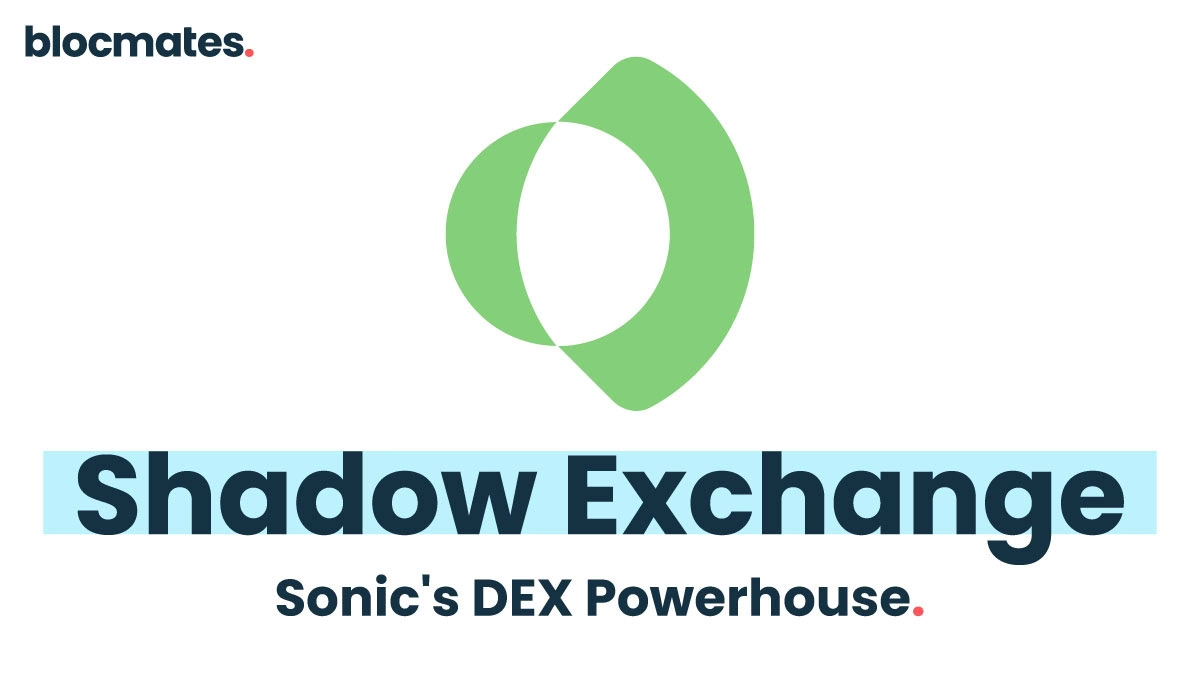


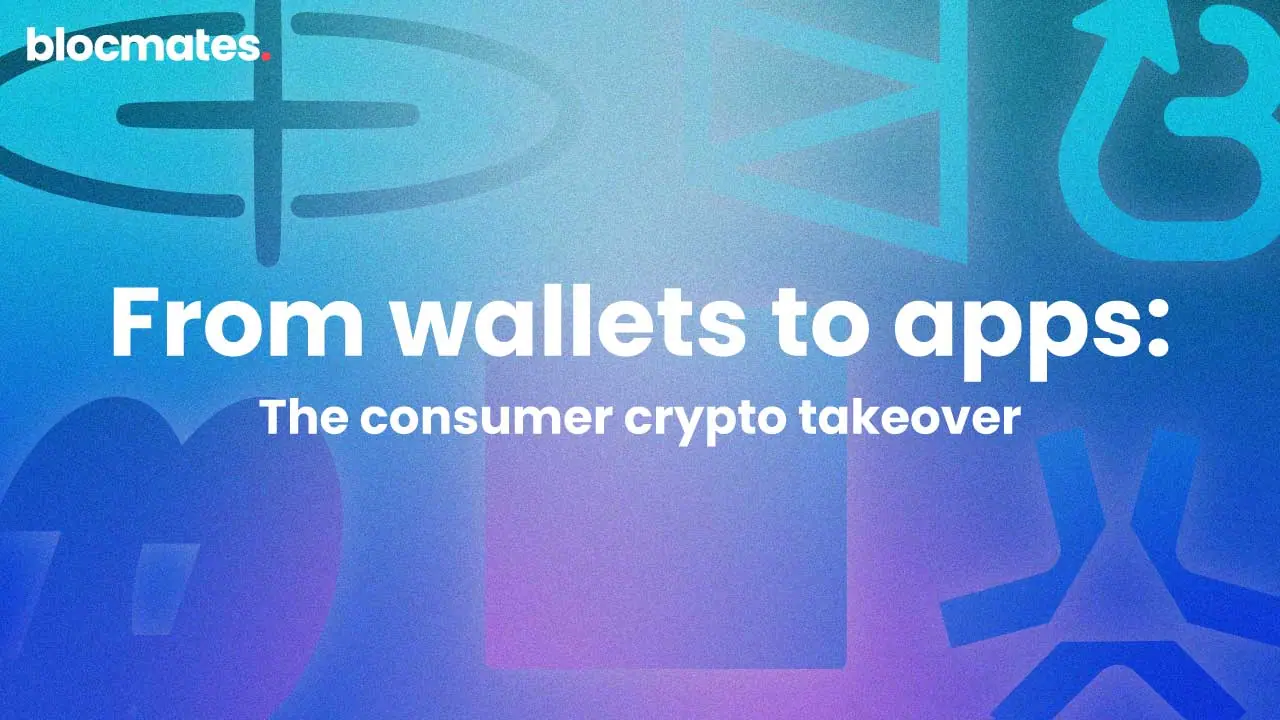


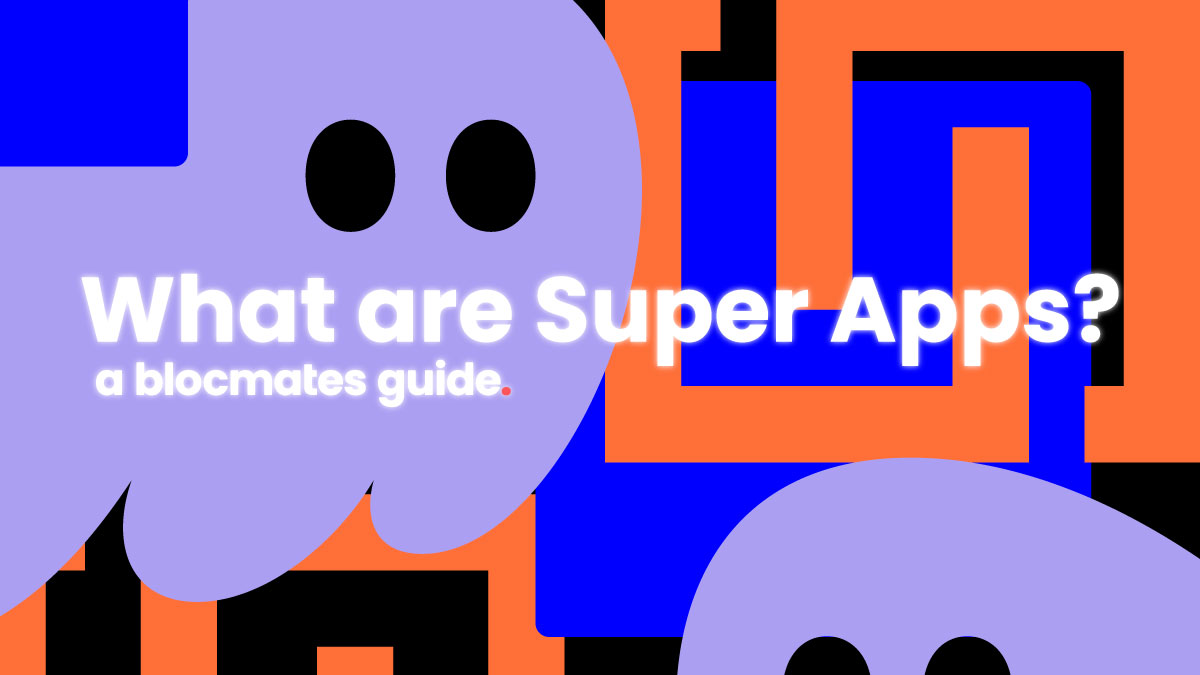
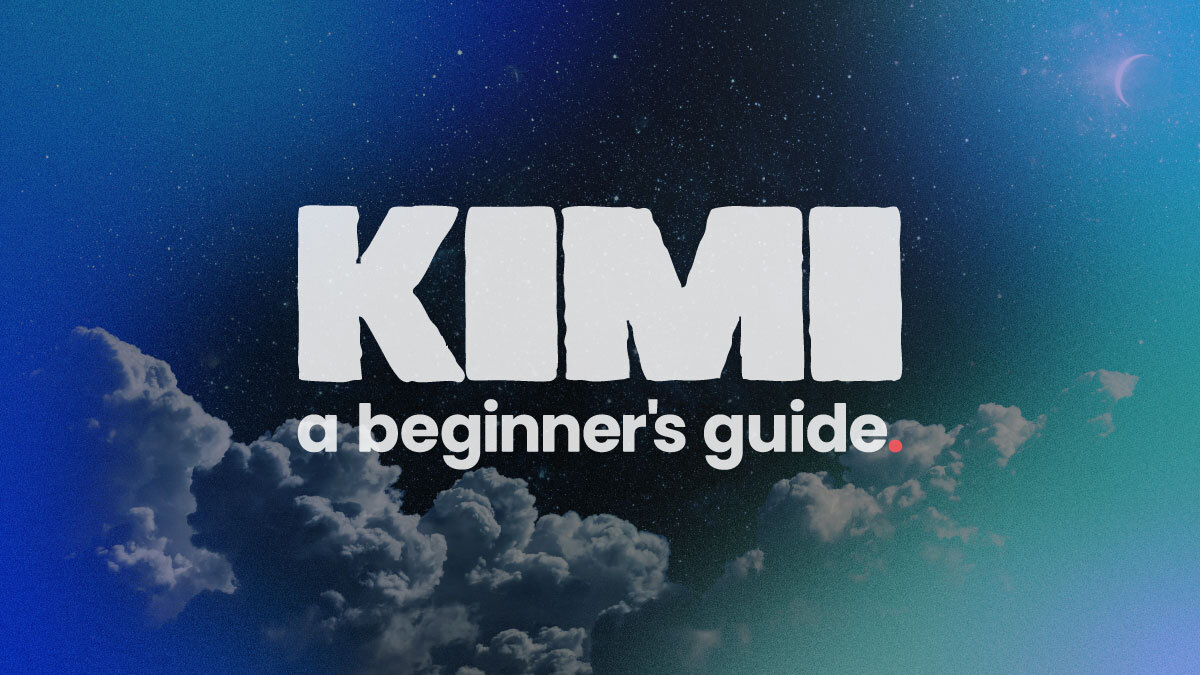
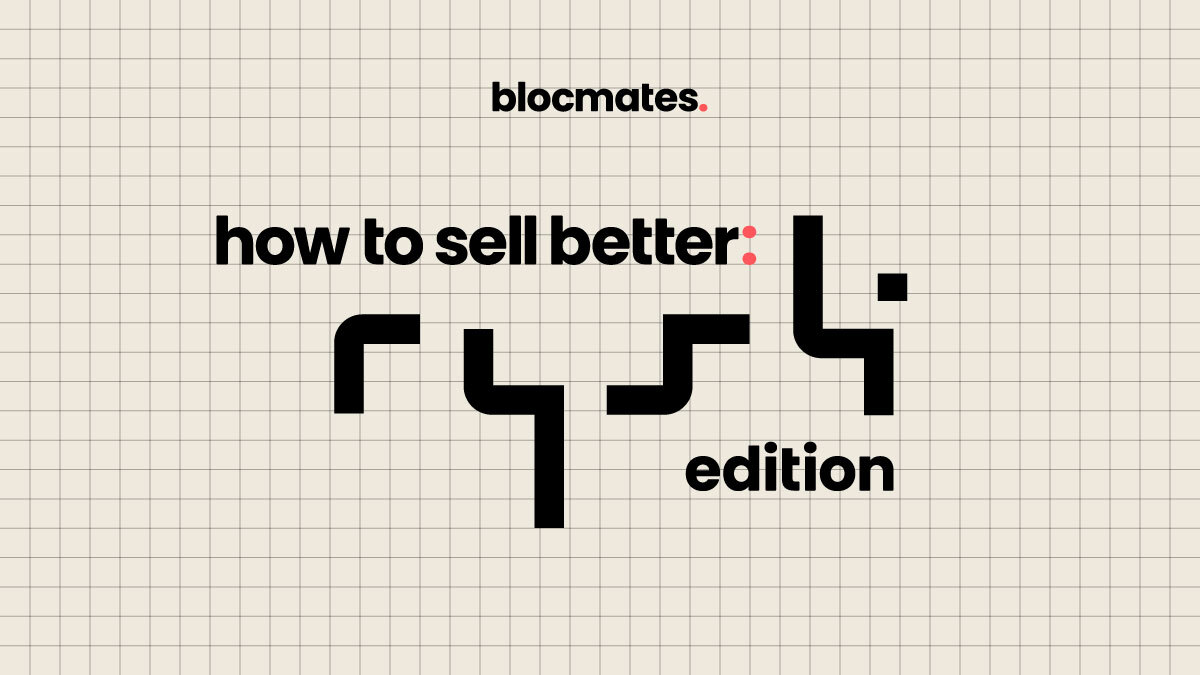


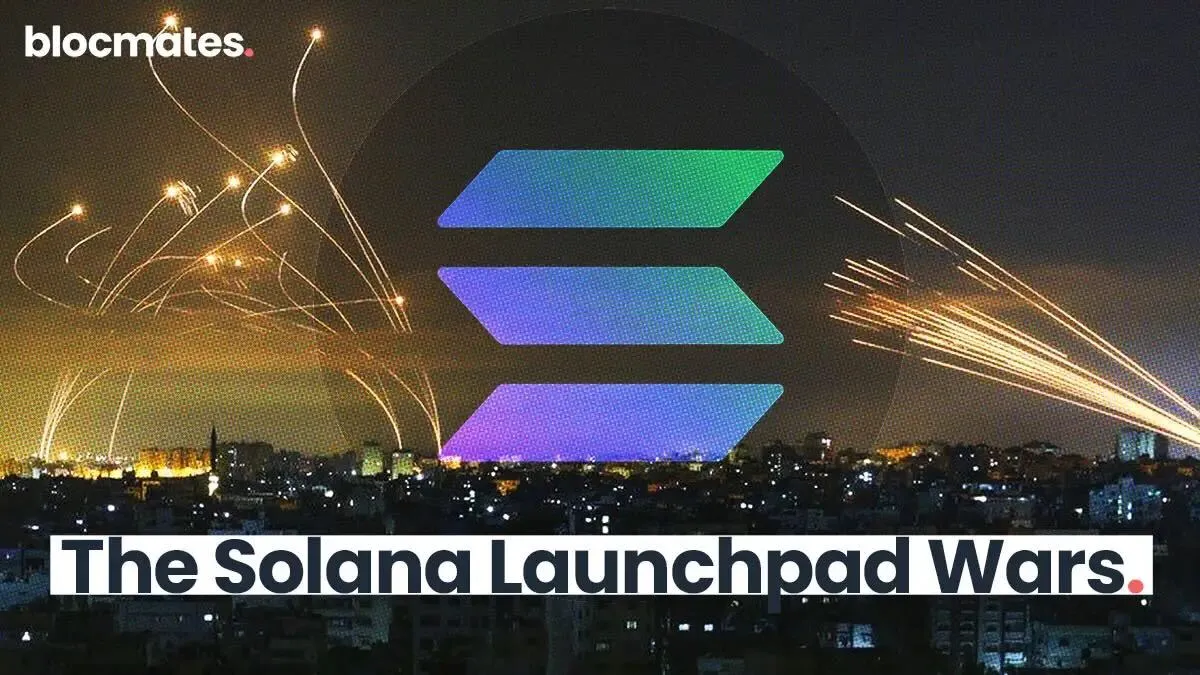




















%202.webp)


.webp)

.webp)
.webp)
.webp)



.webp)

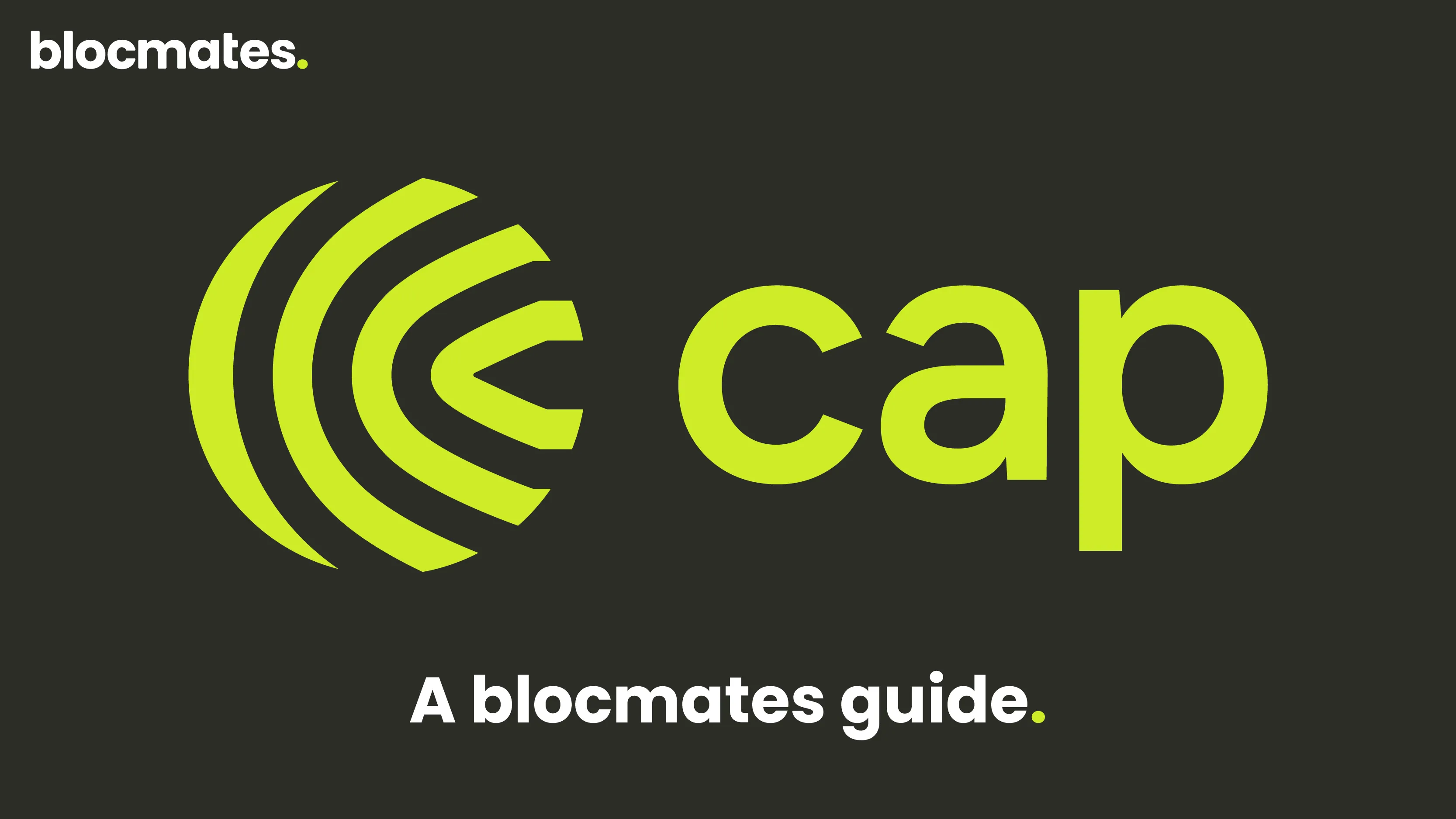










%20the%20Next%20Big%20Unlock%20in%20AI.webp)




.webp)
.webp)

.webp)
.webp)
.webp)


.webp)
.webp)










.webp)


.webp)









.webp)







.webp)
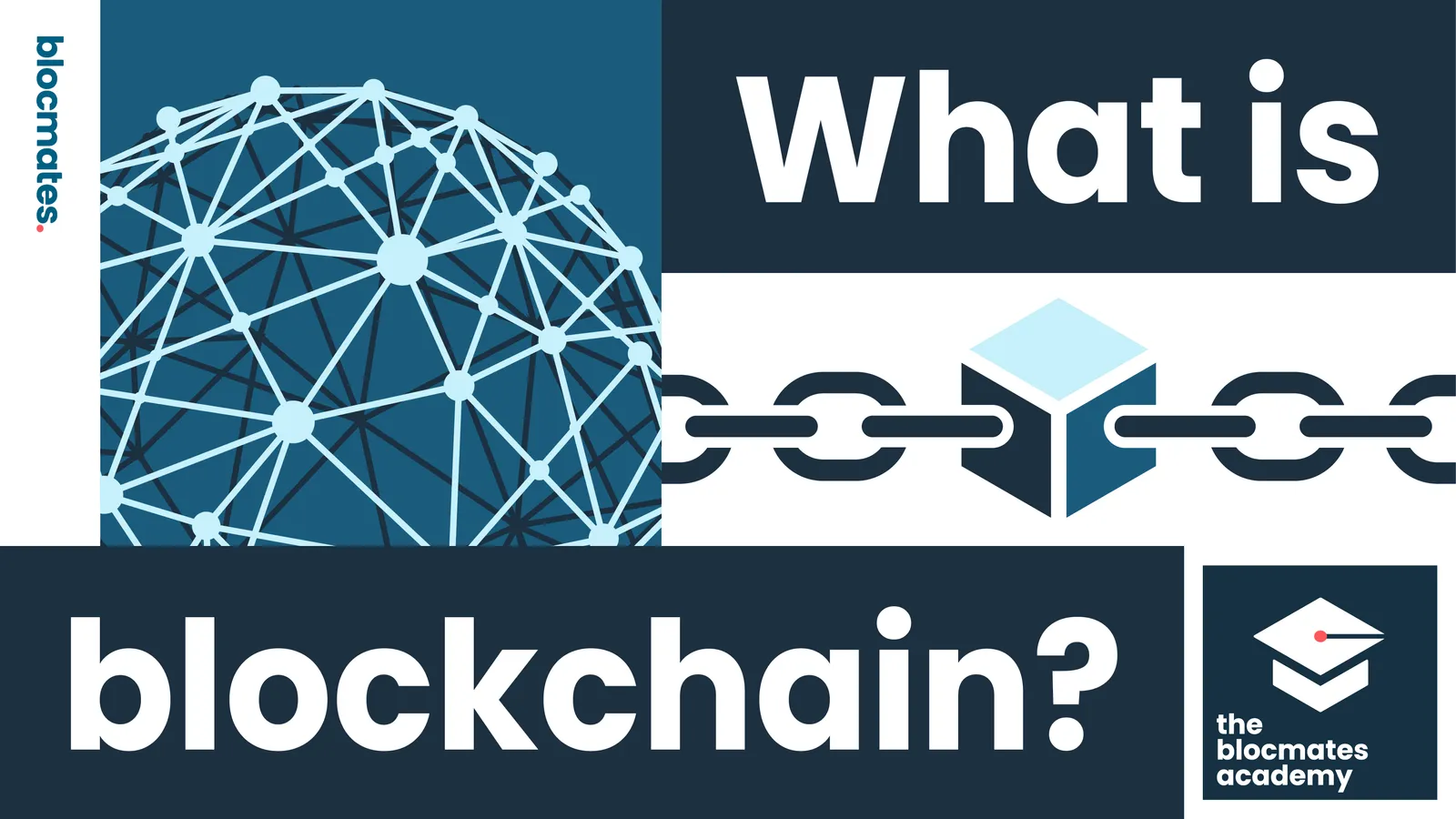



.webp)
















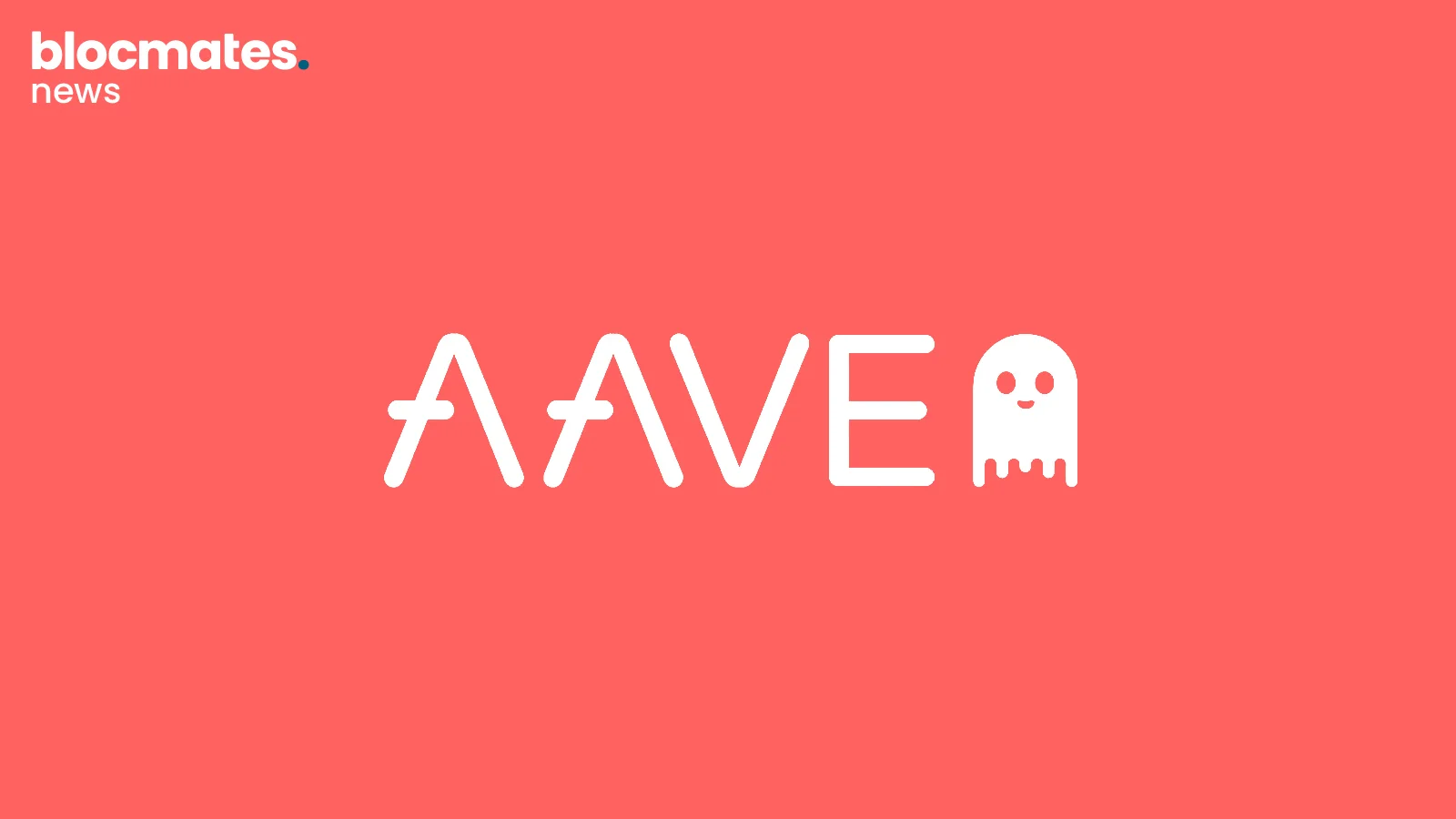
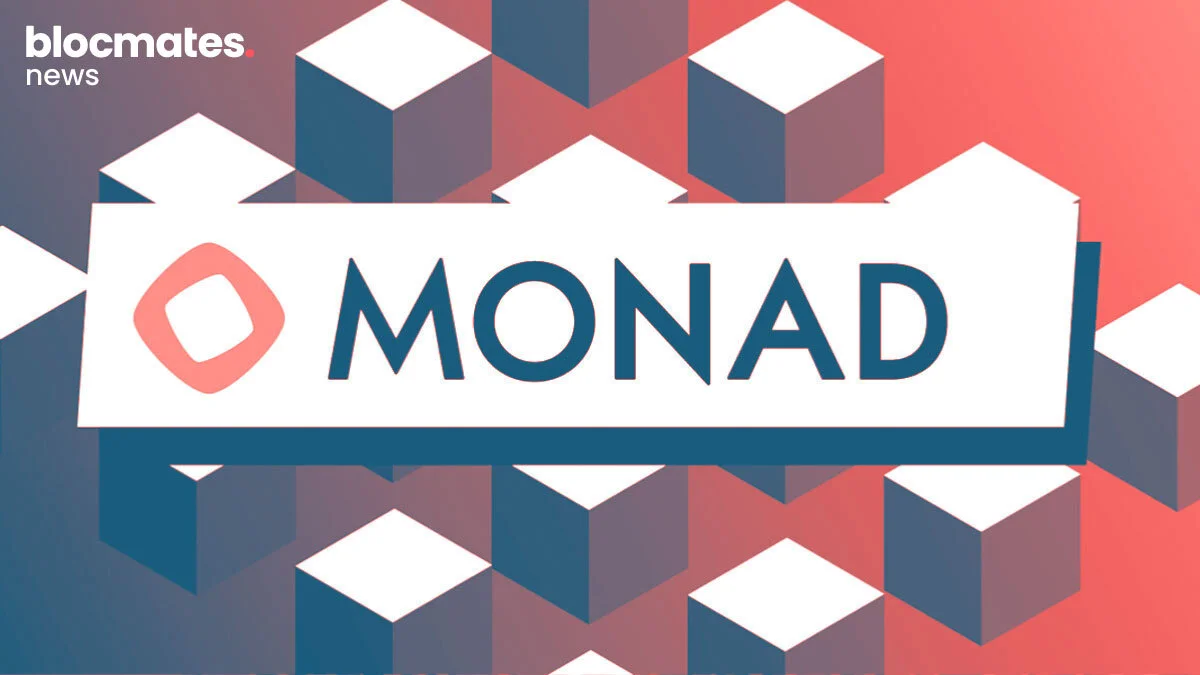




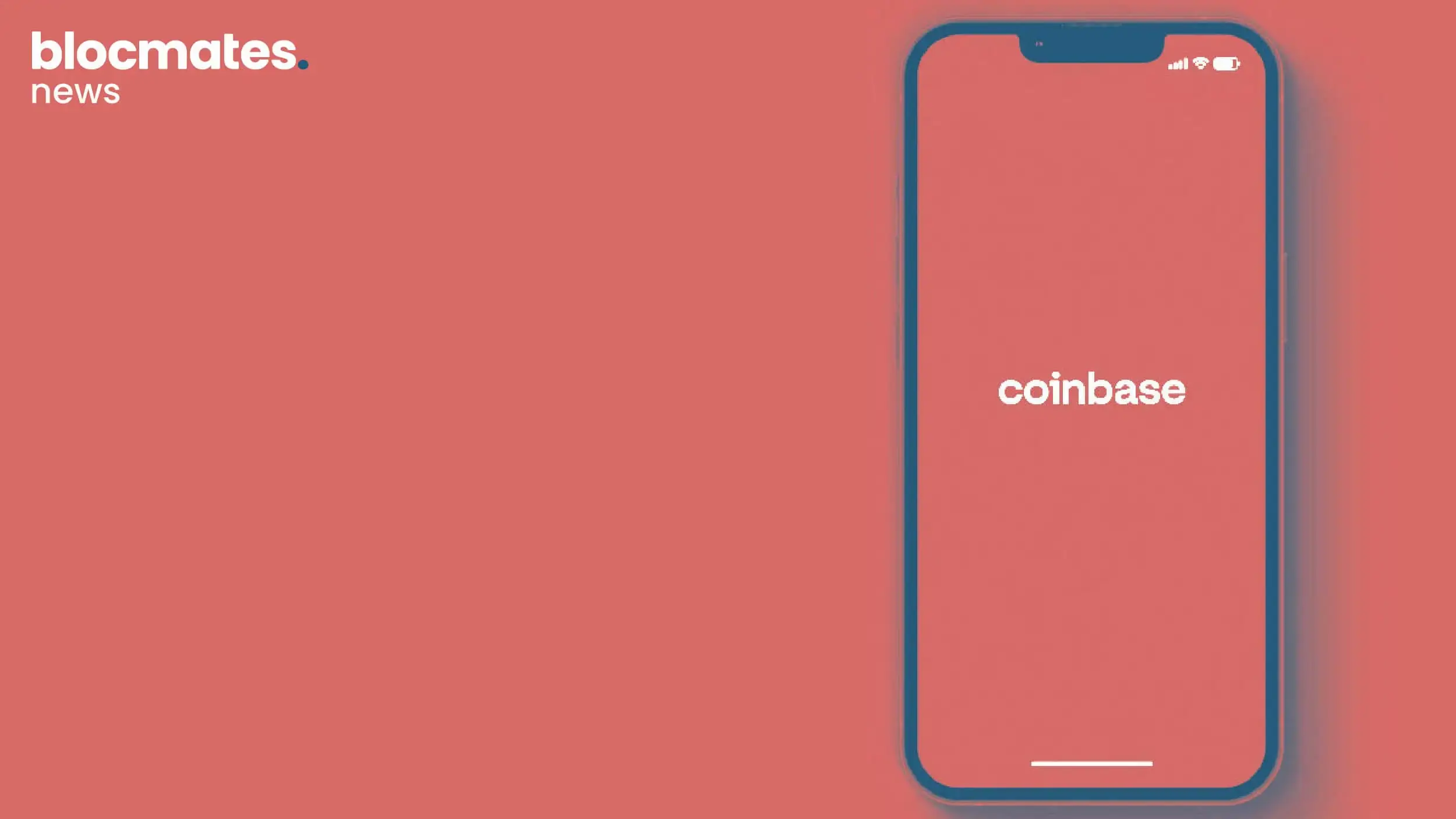



.webp)
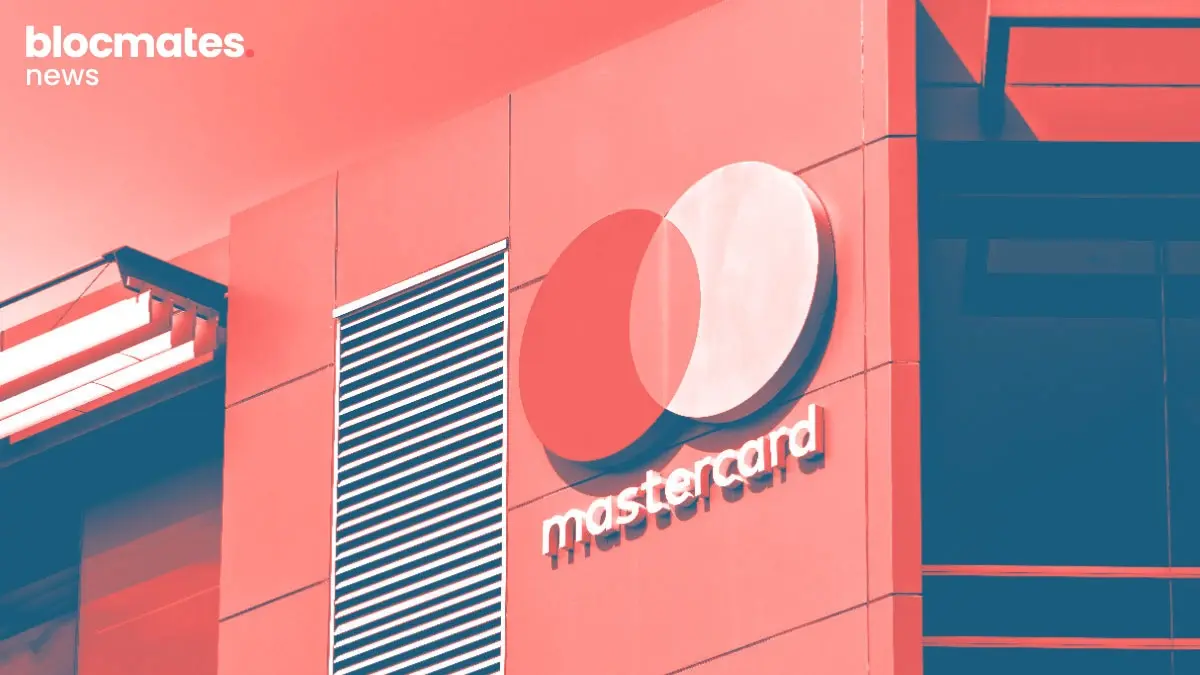






.webp)


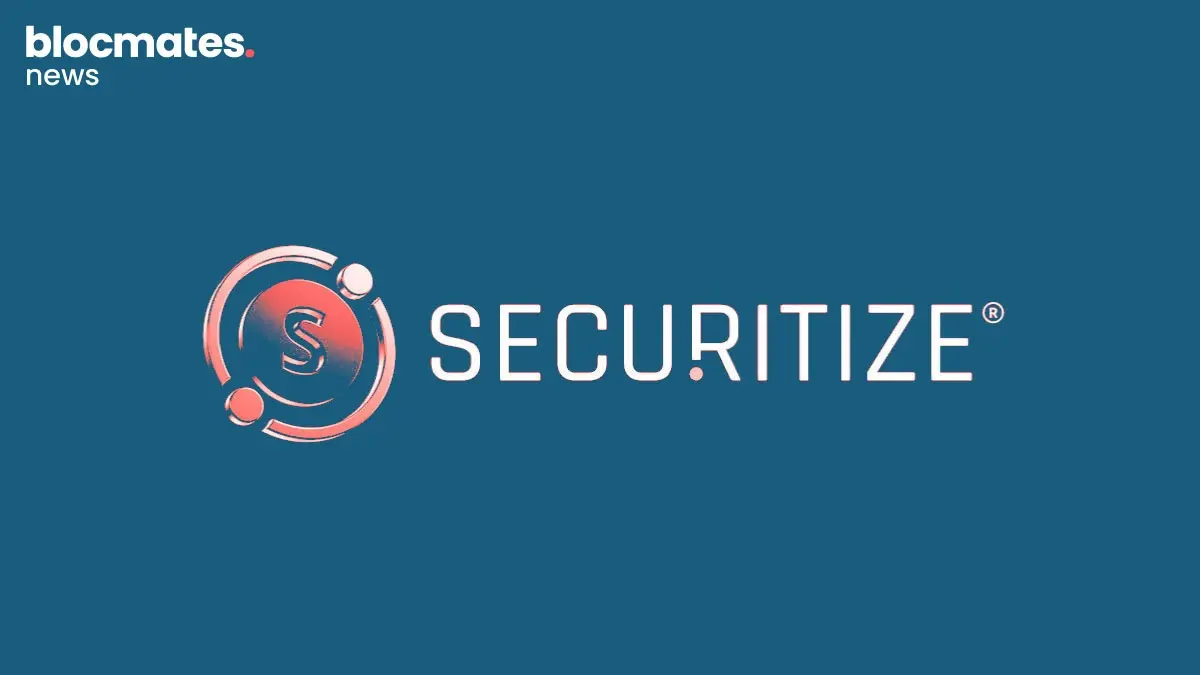

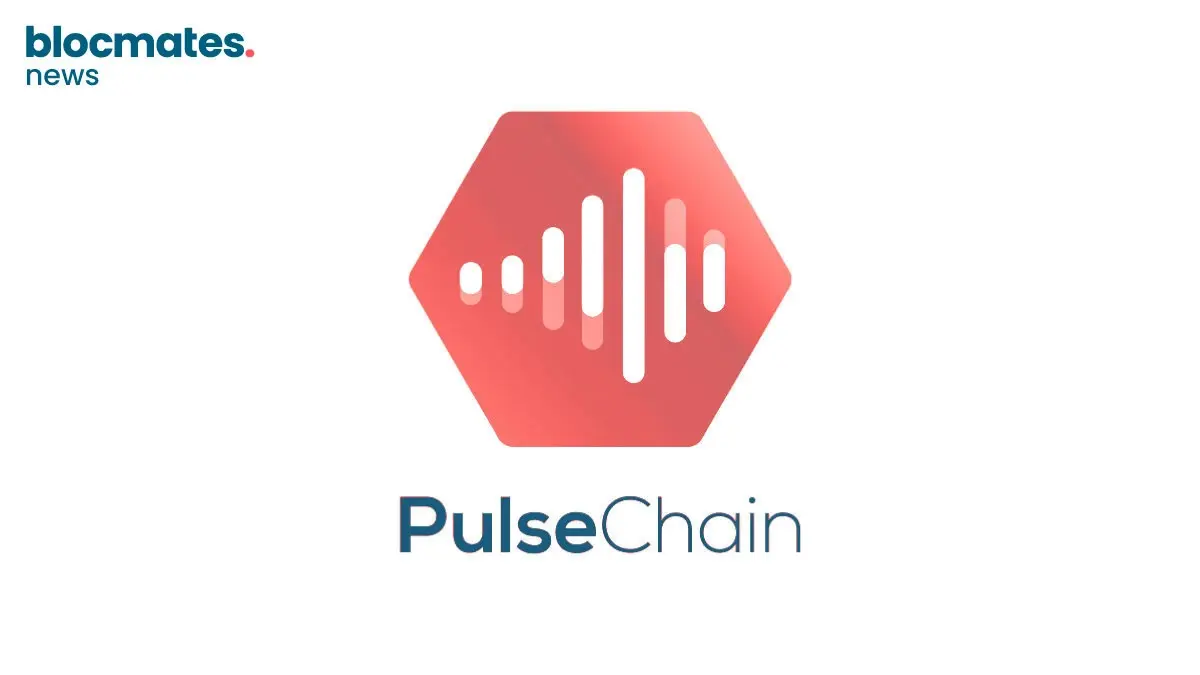
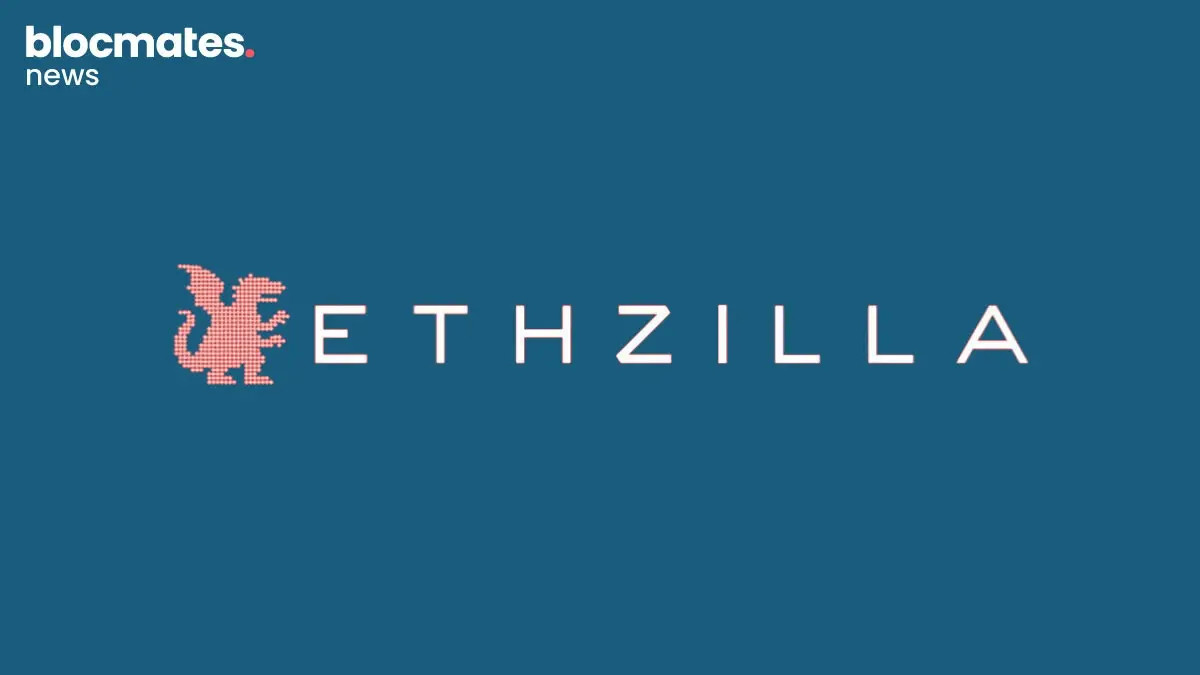
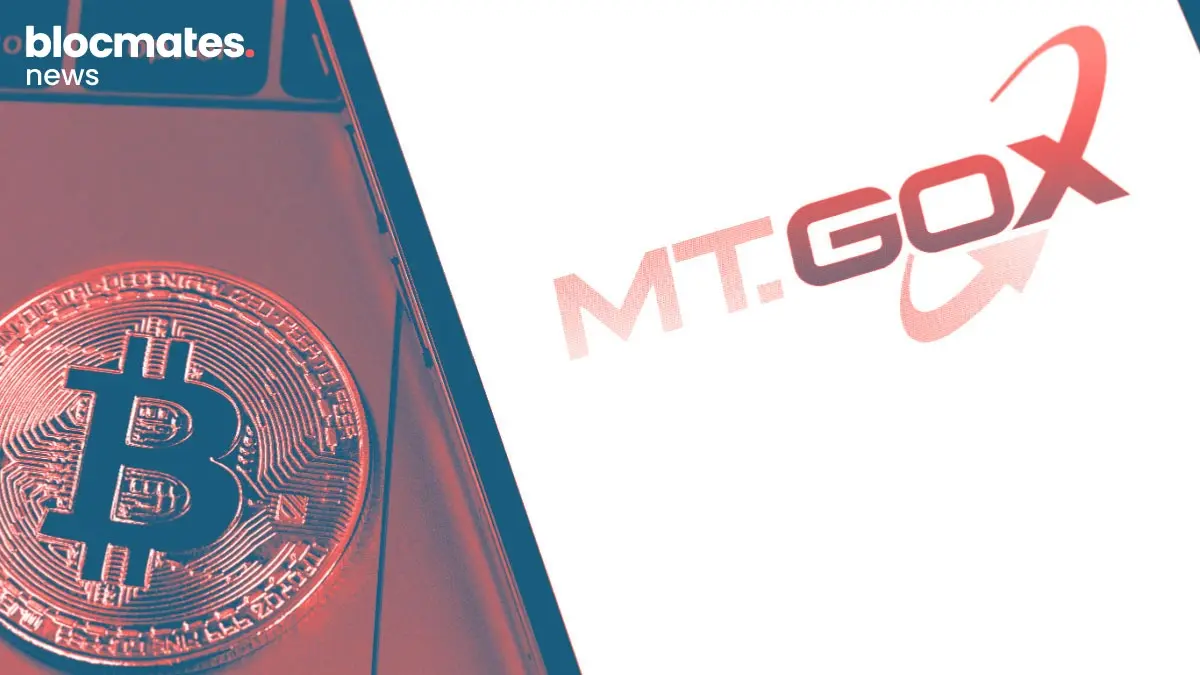

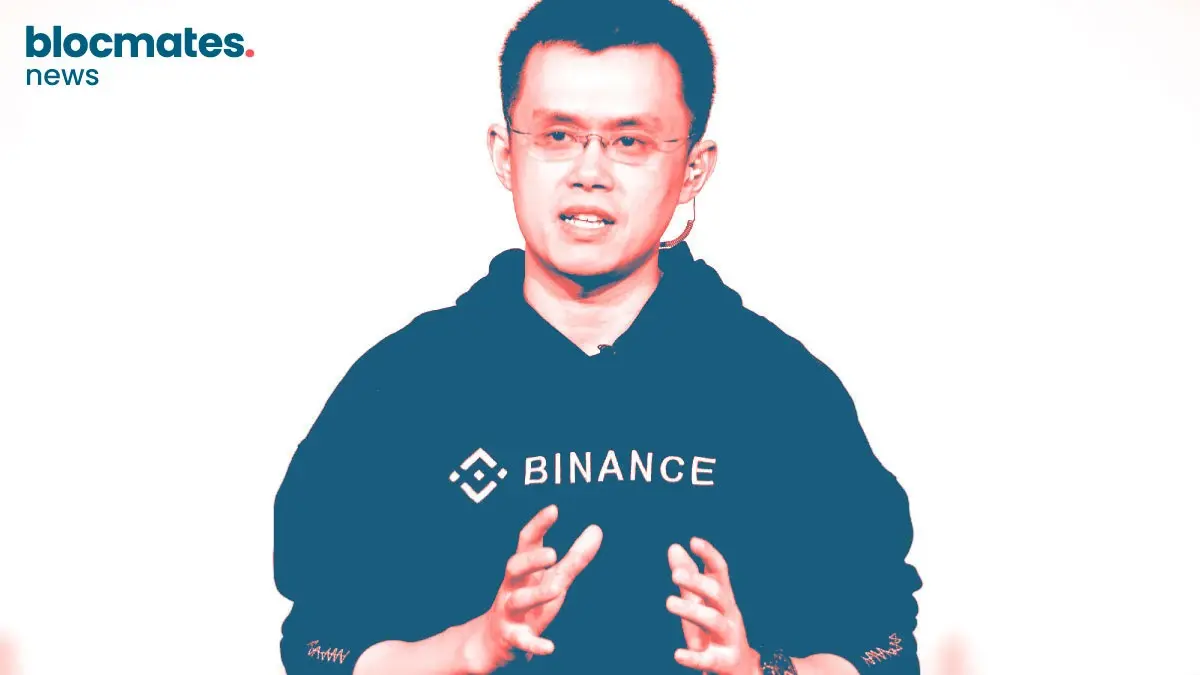


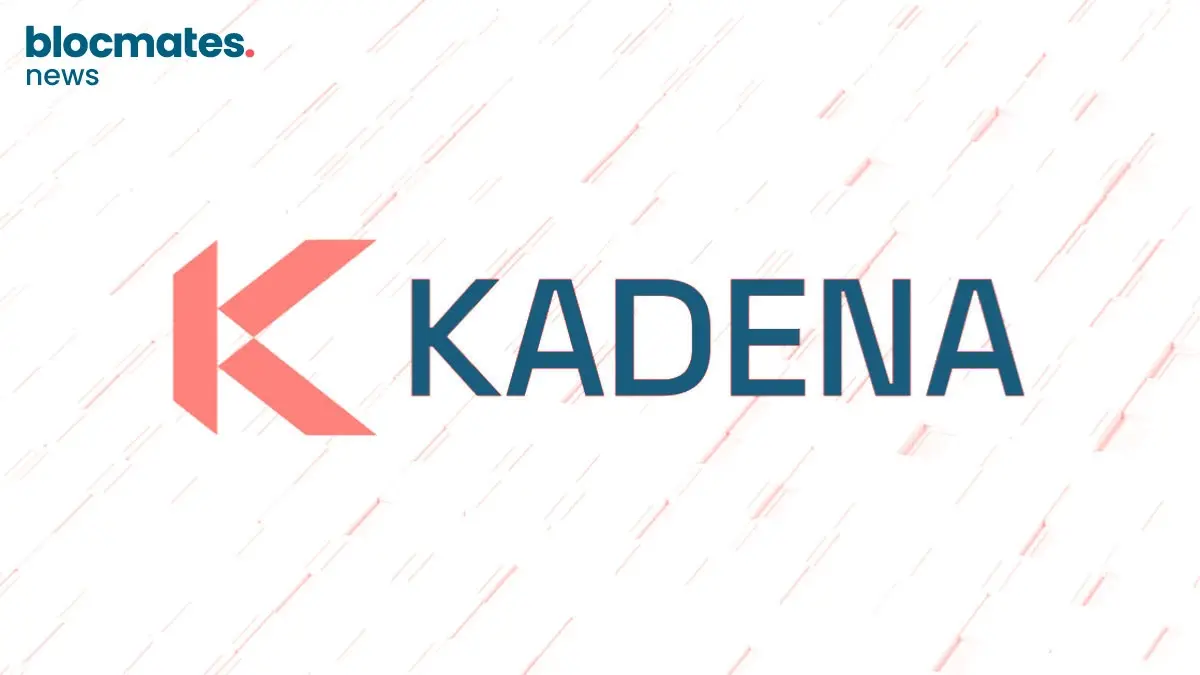

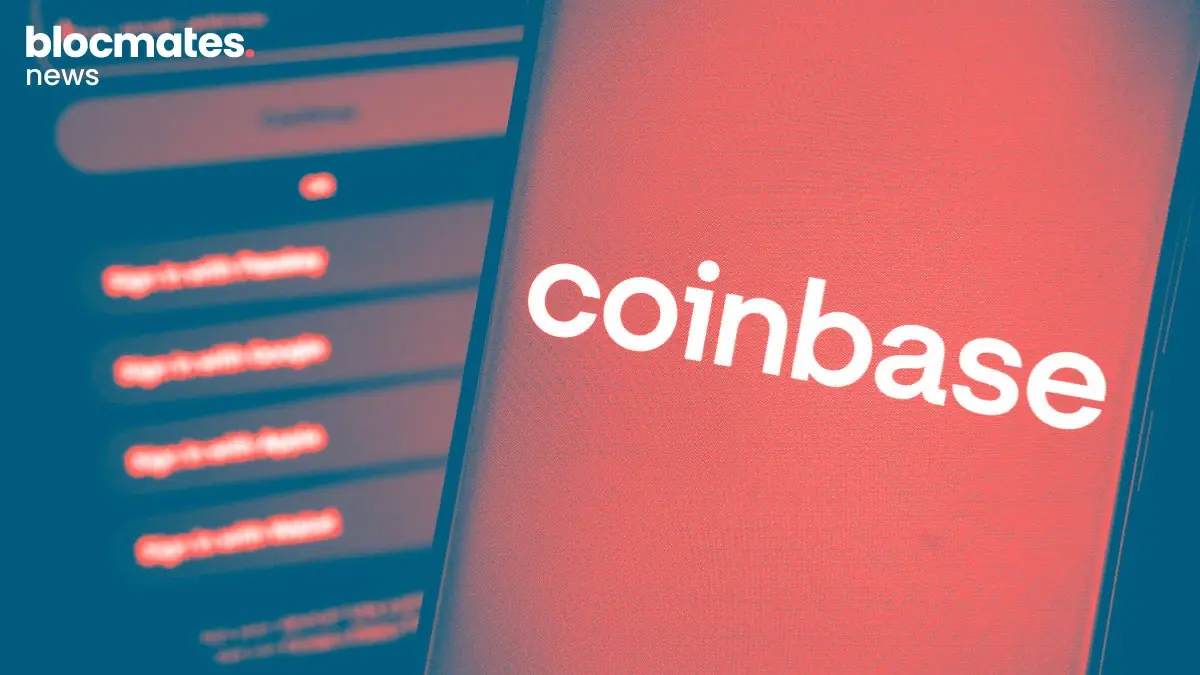
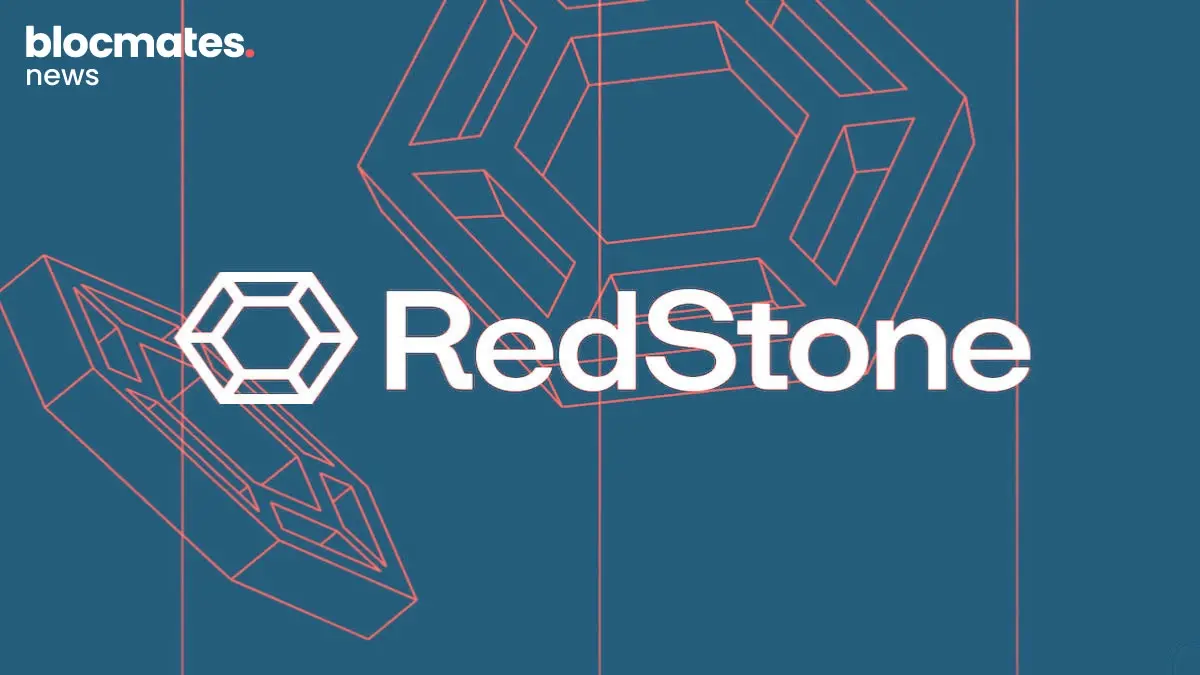
.webp)

.webp)
.webp)

.webp)


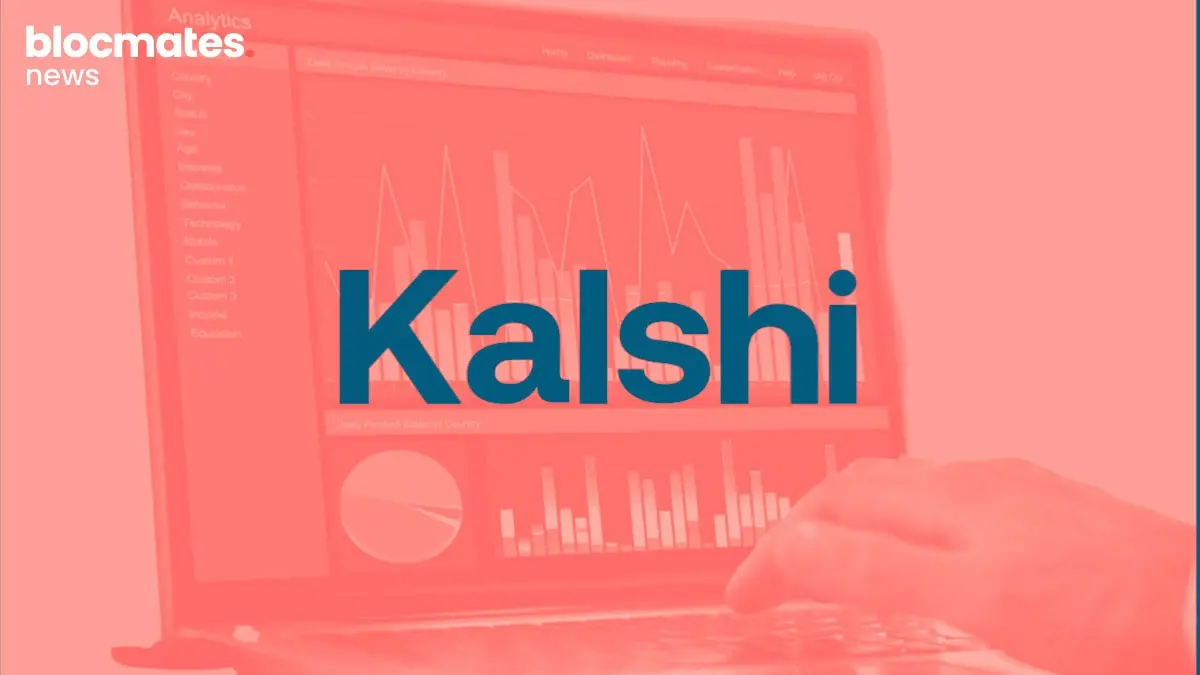
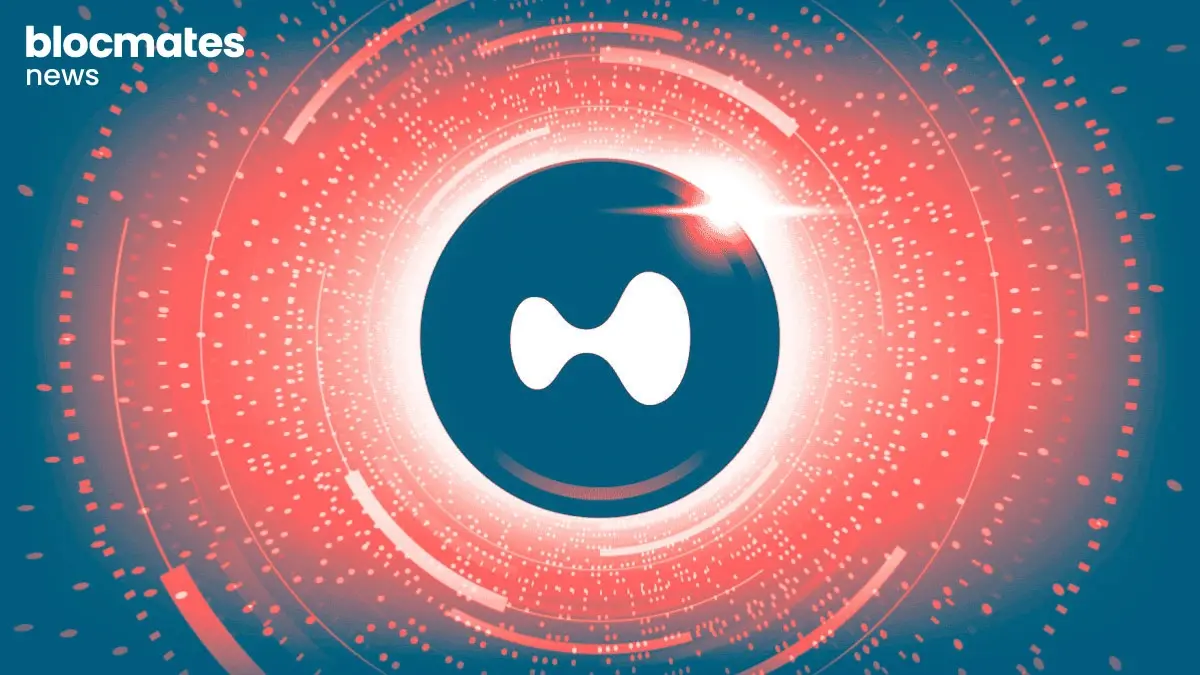




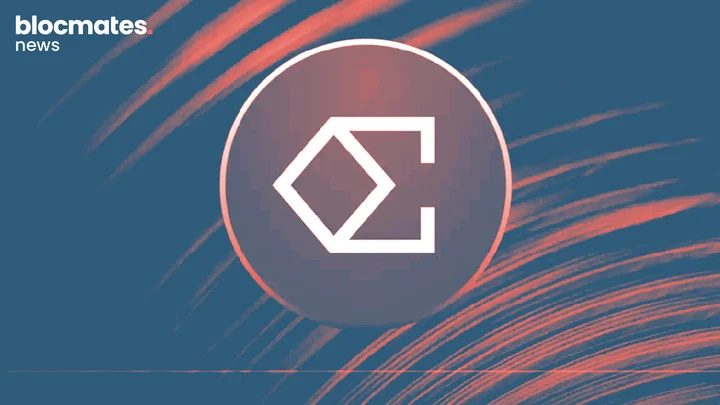


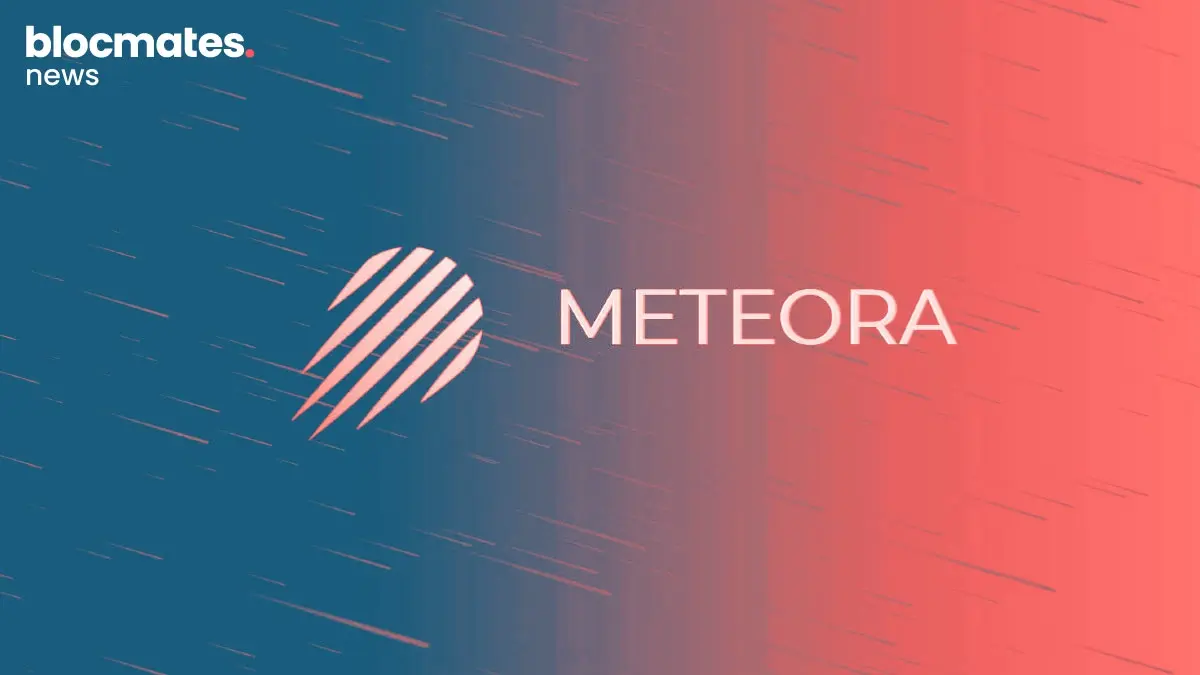
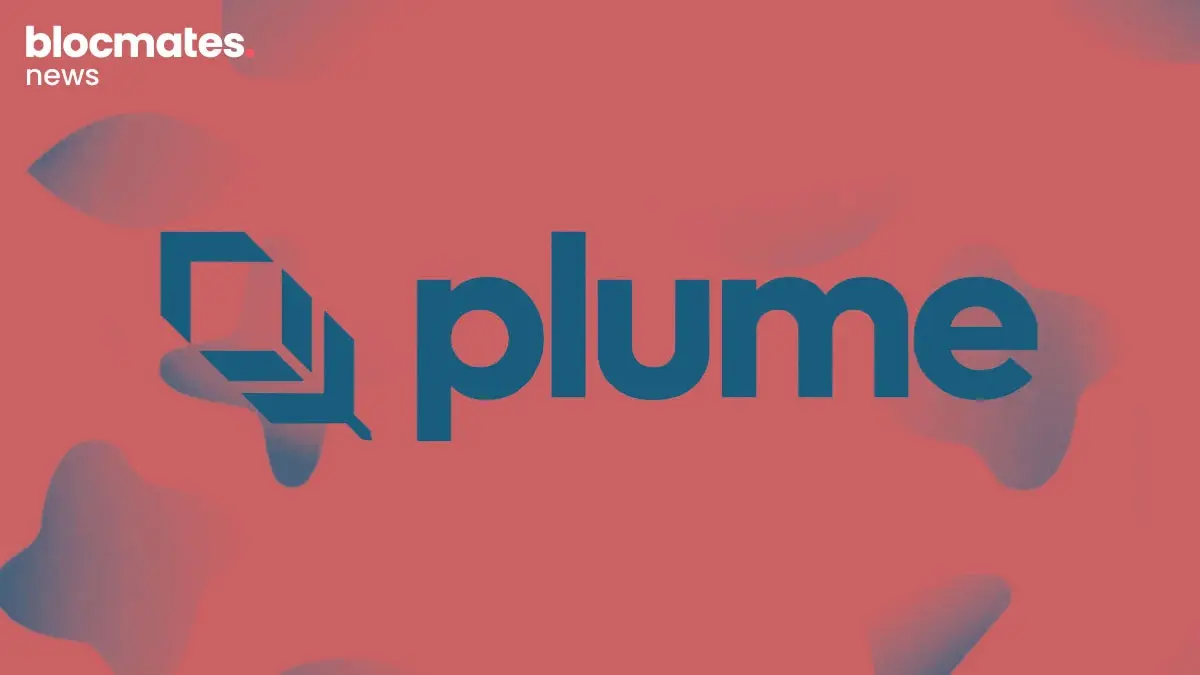

.webp)

.webp)

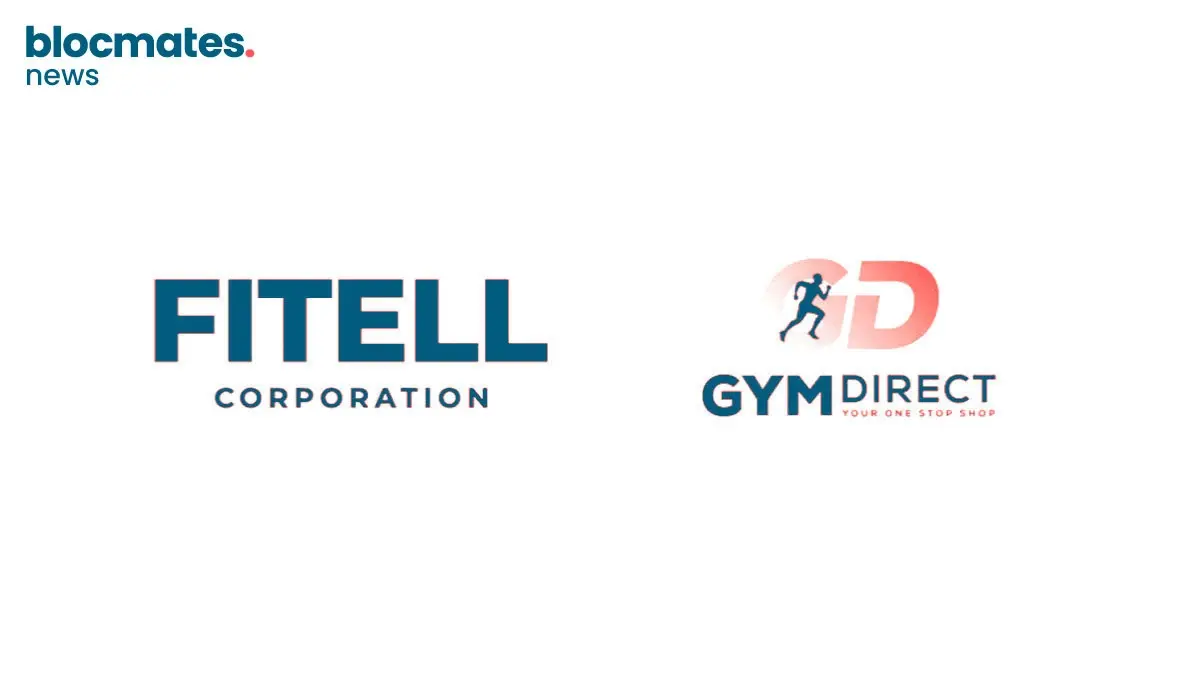
.webp)

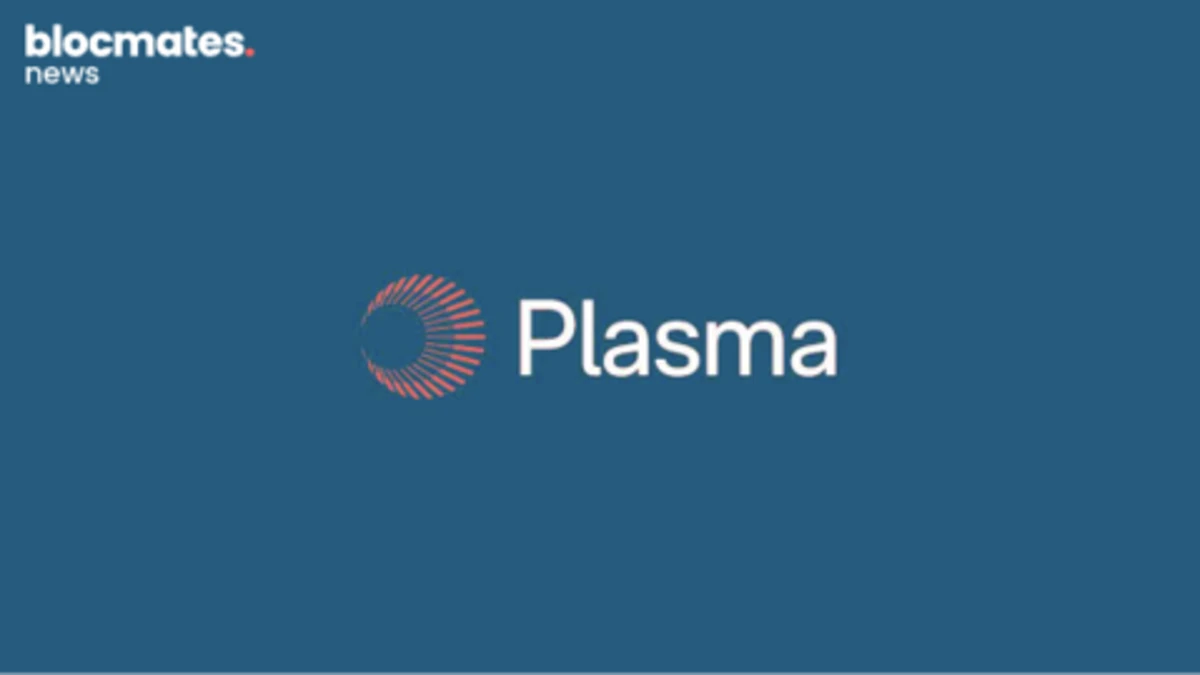

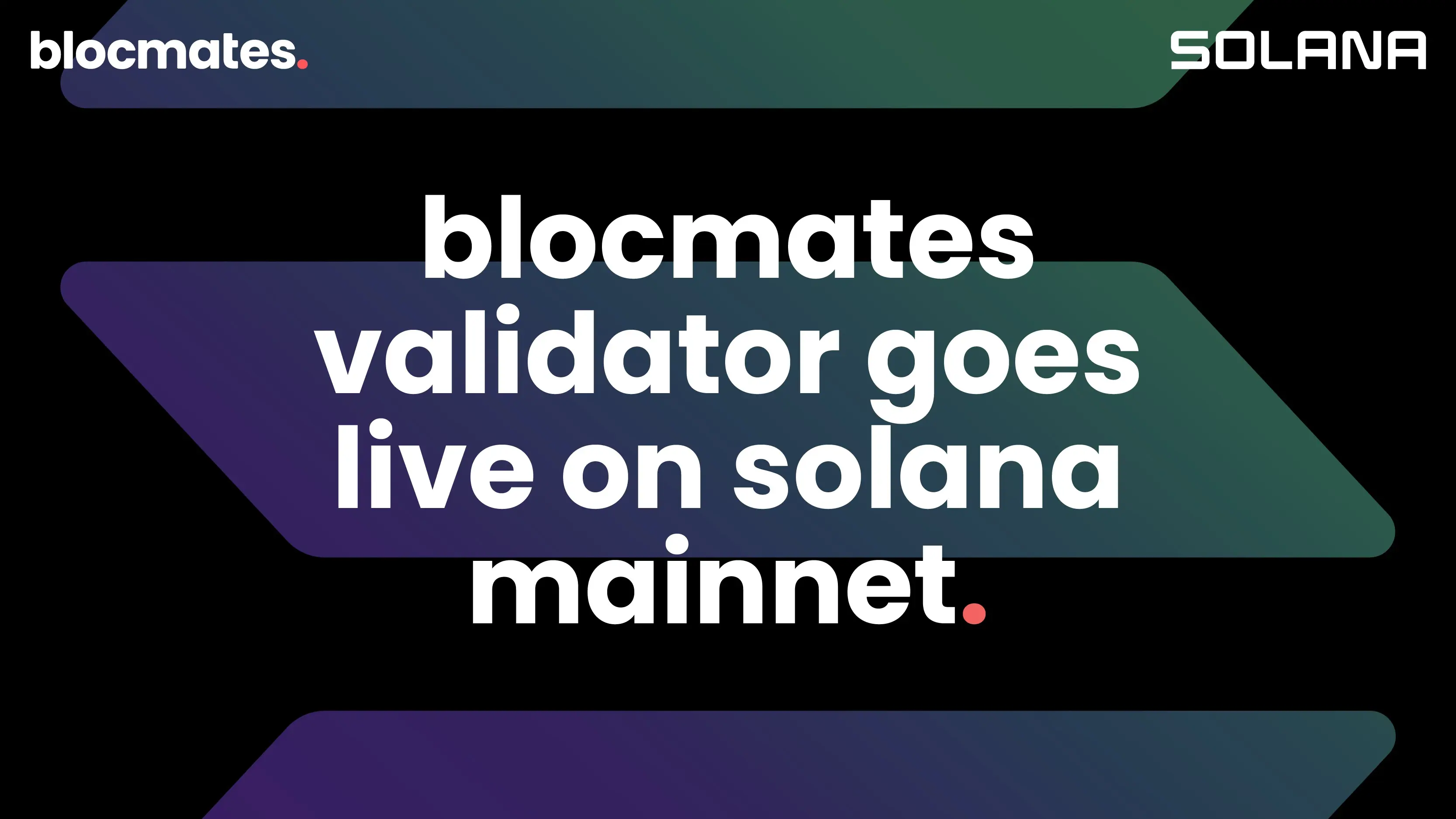




.webp)
